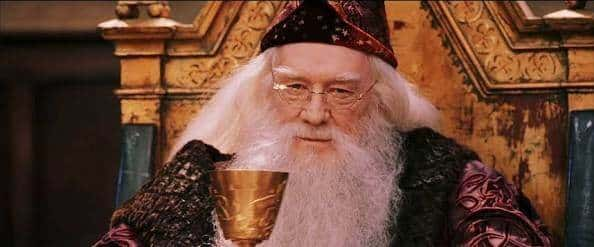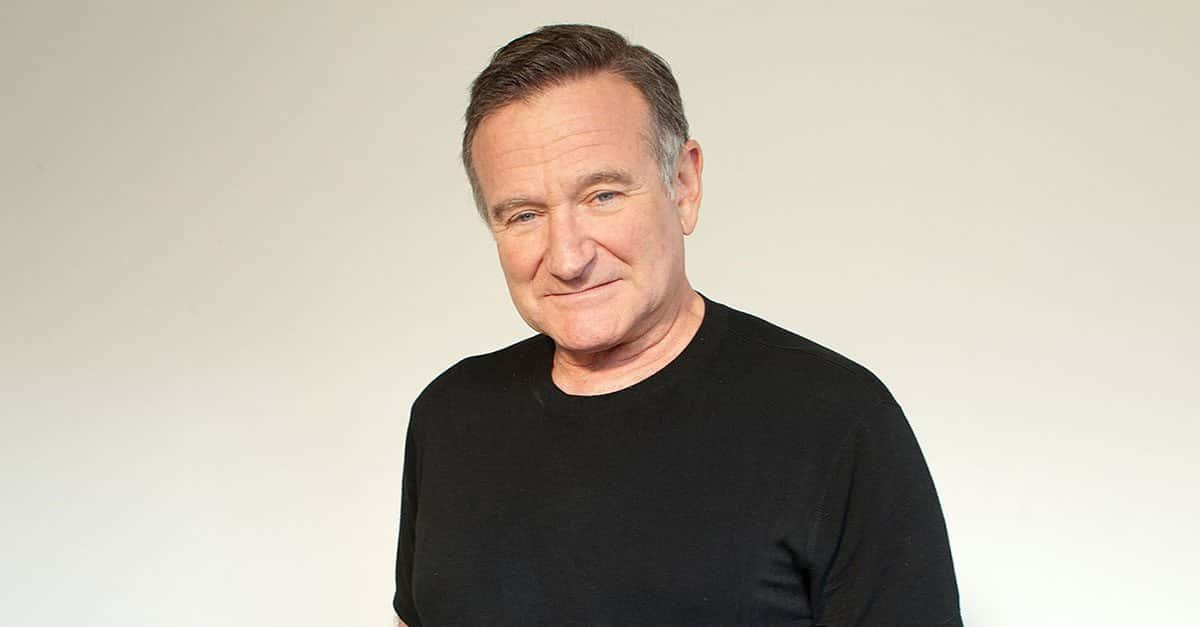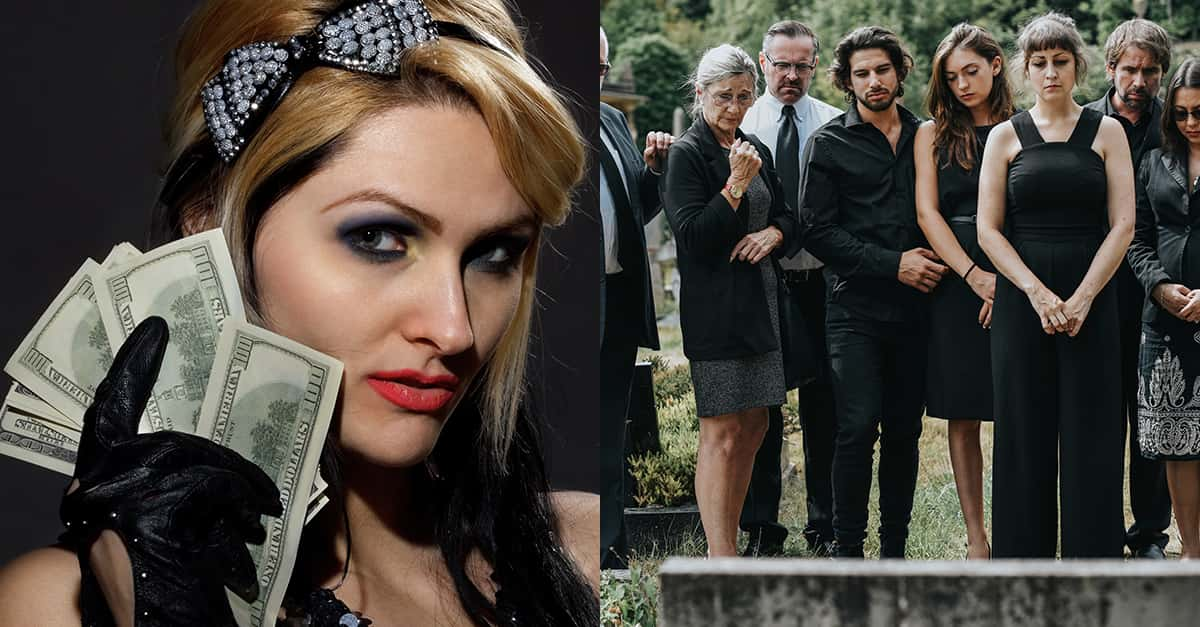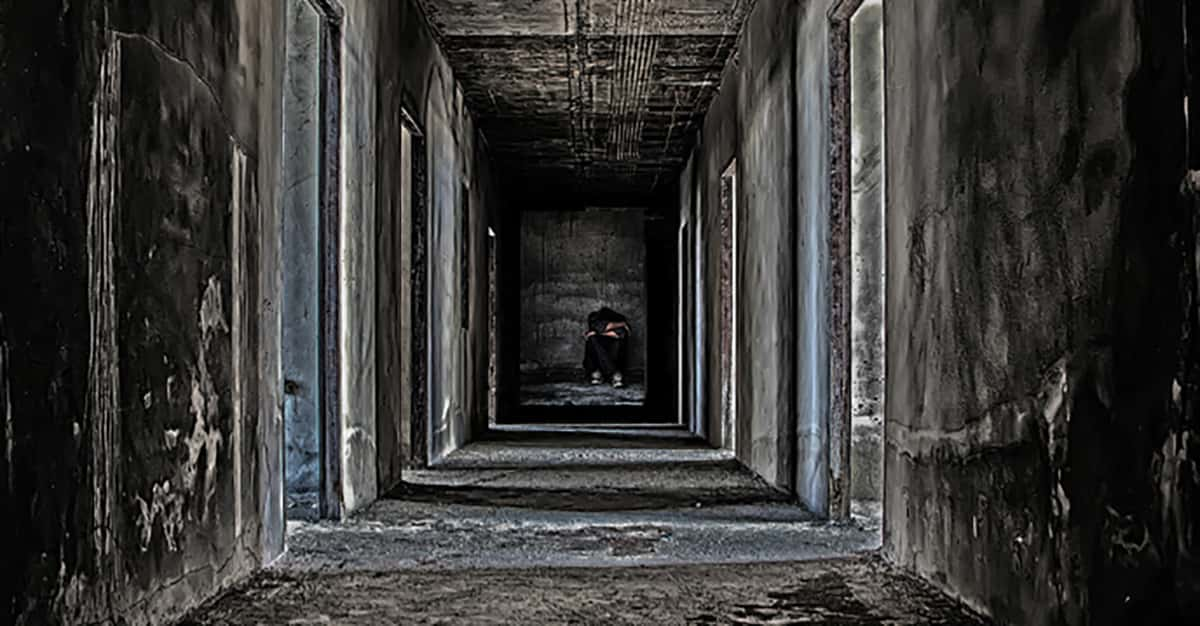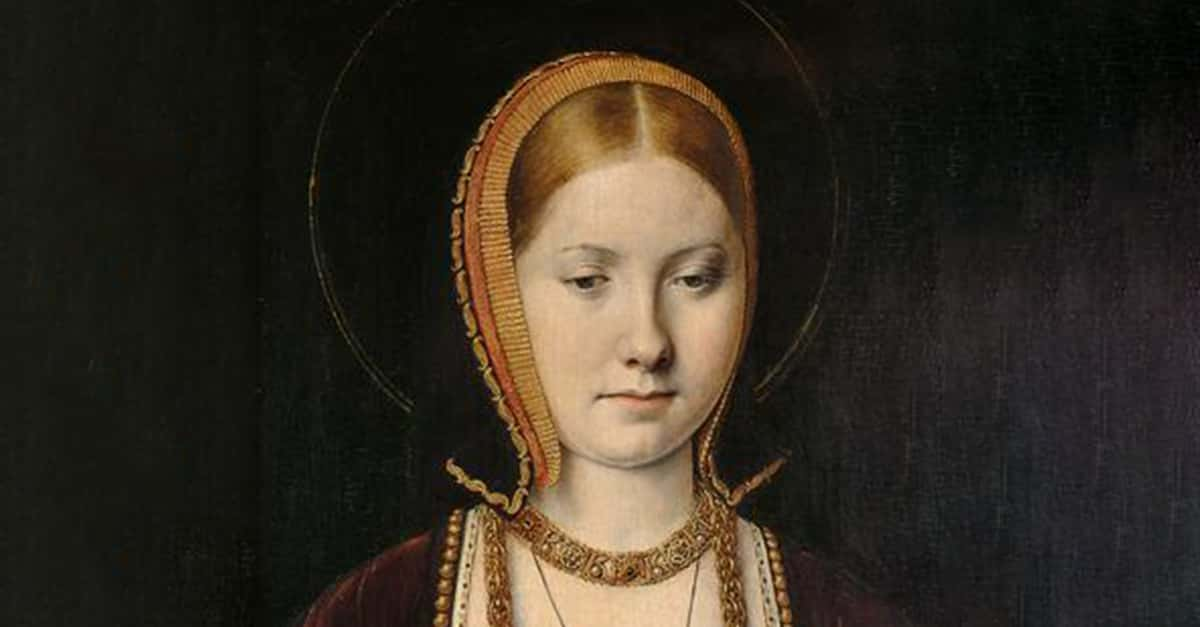Harry Potter and the Philosopher’s Stone was the first novel in the beloved series that eventually made J.K. Rowling into the first author ever to become a billionaire. Naturally, they made a movie out of it and, in 2001, it was released, making instant stars out of Daniel Radcliffe, who still has a strong career both on screen and stage, Emma Watson, who became a powerful voice in feminist activism, and Rupert Grint, who once owned an ice cream truck.
The series was adapted from the wildly popular fantasy novels by J.K. Rowling that follow the magical education of a young wizard destined for greatness. Here are a few facts you may not have known about your favorite boy who lived.
55. Serendipity
Chris Columbus wanted Daniel Radcliffe to play Harry Potter early on in the process , but Radcliffe had already quit acting and his overprotective parents didn’t want him to deal with the problems that come with overwhelming fame. However, one night, producer David Heyman randomly ran into Radcliffe and his father at the theatre, and he asked Radcliffe to think about auditioning, and the rest is history.
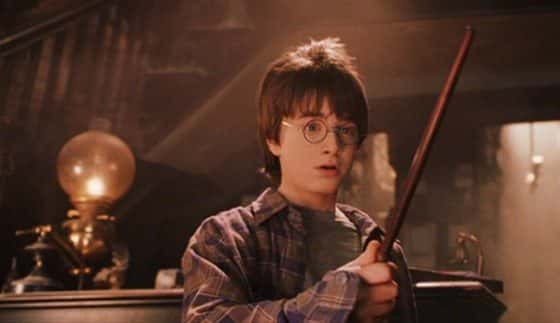
54. Not the Best Criterion
Casting director Janet Hirshenson said that a few other child actors were considered for the role of Harry Potter, but ultimately, they went with Radcliffe because they knew that eventually Potter would grow up and have complex adult scenes and the other kid was “not going to have the balls that Daniel has.” That’s right, they picked a child based on his balls.
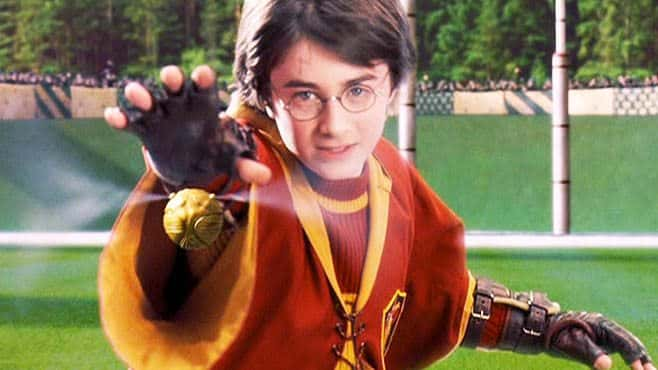
53. Like a Horse
To be fair, Radcliffe has never been shy about showing the world his balls as he went full frontal nude for the stage play “Equus” and let his Golden Snitch hang out.
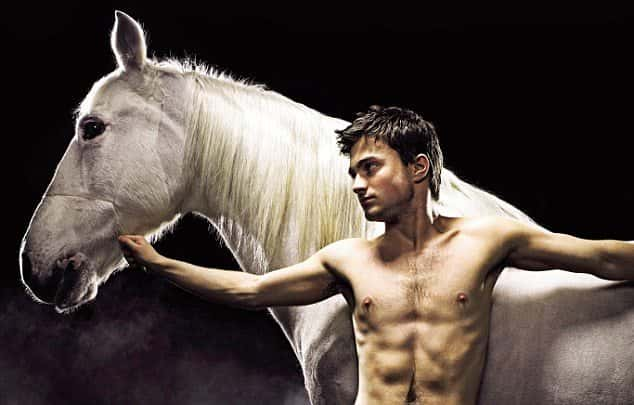
52. Motherly Love
When J.K. Rowling saw Radcliffe’s audition tape, she said it was like “watching a son.” She made no mention of his balls.
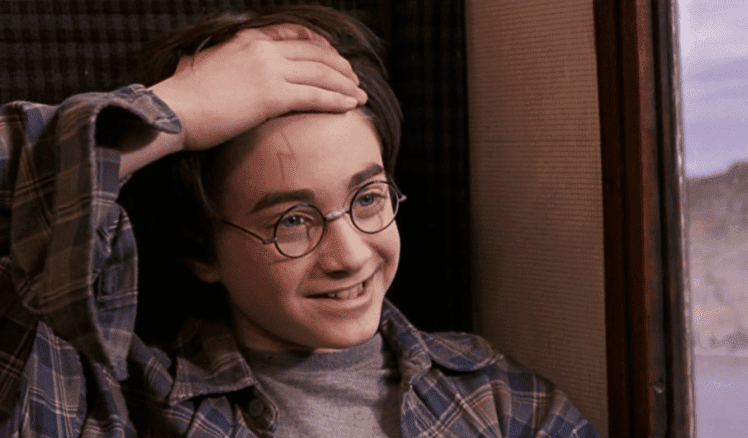
51. The Next Shia Laboeuf
Rupert Grint got the part of Ron Weasley by sending in an audition tape of himself dressed as a female drama teacher performing a short rap about how much he wanted to be in the film. Cool.
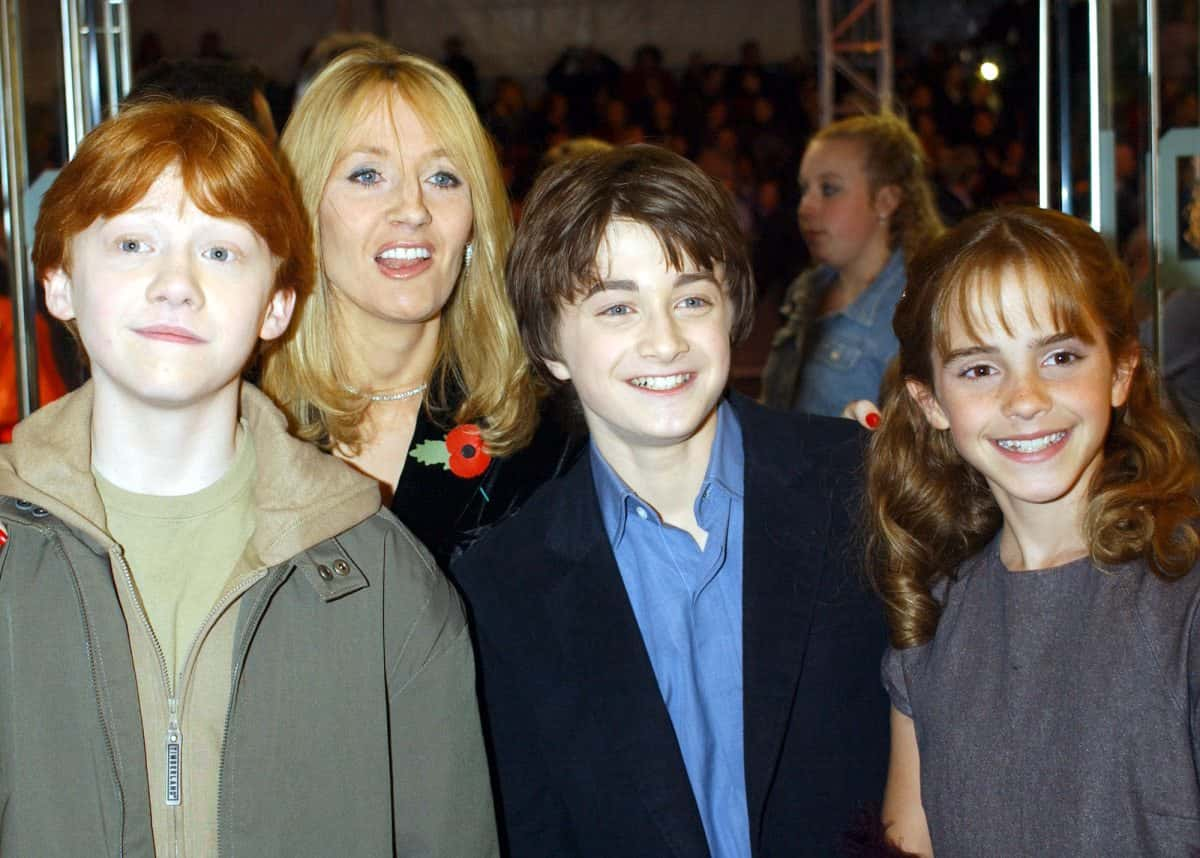
50. Just When She Thought She Was Out…
In their search for the perfect Hermione, the casting team traveled to local British primary schools. Unlike every other girl in her school, Emma Watson had no desire to try out. She was convinced to do so by her teacher and was actually the last girl in her school to audition.
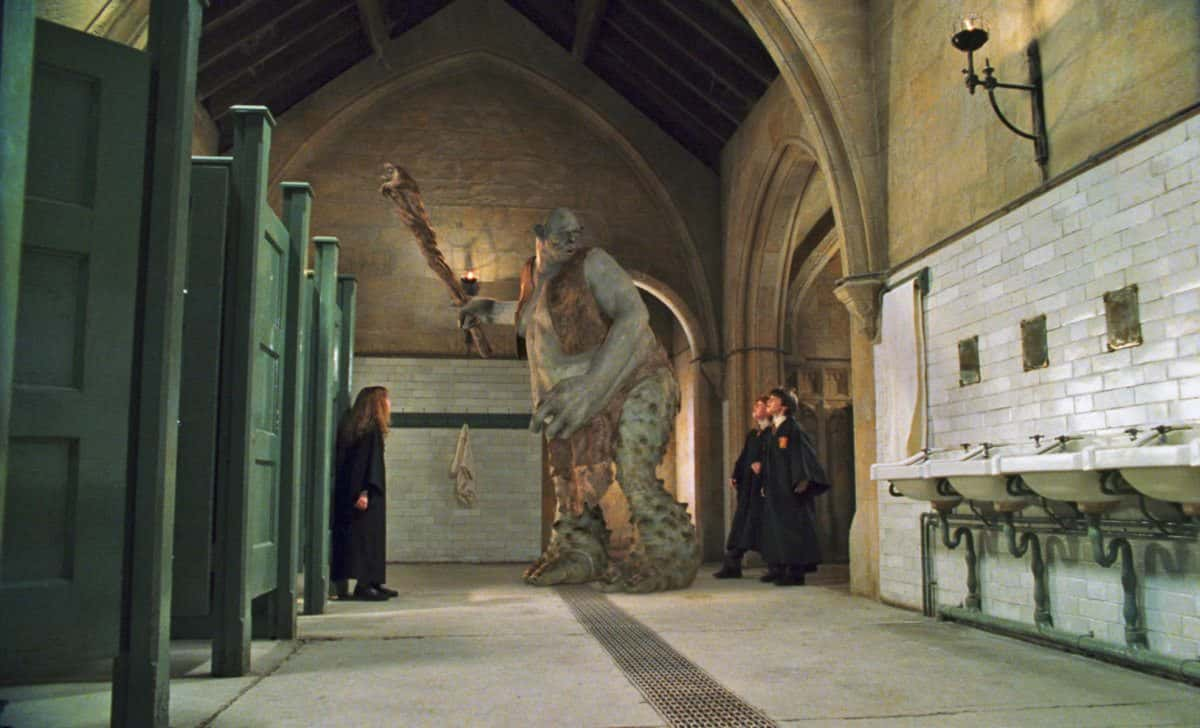
49. She Liked Her for Her Personality
Rowling spoke to Watson on the phone and fell in love. So when she finally met Watson in person and realized that she was far more beautiful than the Hermione Granger she had imagined, she was okay with it.
“It was really lucky I spoke to Emma first on the phone before I met her. Because I fell absolutely in love with her. She said to me, ‘I've only ever acted in school drama plays and oh my God I'm so nervous I can't believe I got the part,’ and then she spoke for, like, 60 seconds at least without drawing breath and I just said, ‘Emma, you're perfect.’ And then when I met her and she was this very beautiful - which she still is, of course - beautiful girl, I just kind of had to go, ‘Oh, okay. It's film, you know, deal with it.’ I'm going to still see my gawky, geeky, ugly duckling Hermione in my mind.”
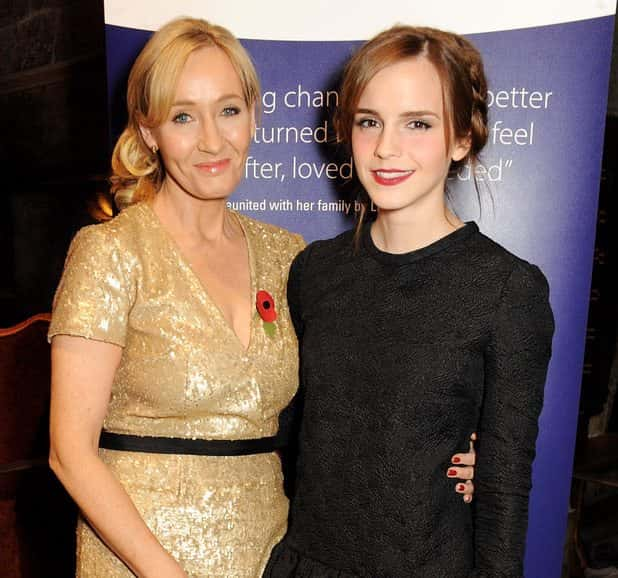
48. So Close, Yet So Far
Hatty Jones was the last girl cut before Watson was finally cast. Hatty Jones’ first ever film was Madeline. It was also her last ever film. On the other hand, Emma Watson is rich, famous, and has a long acting career ahead of her, which hopefully are all facts that Hatty Jones never thinks about.
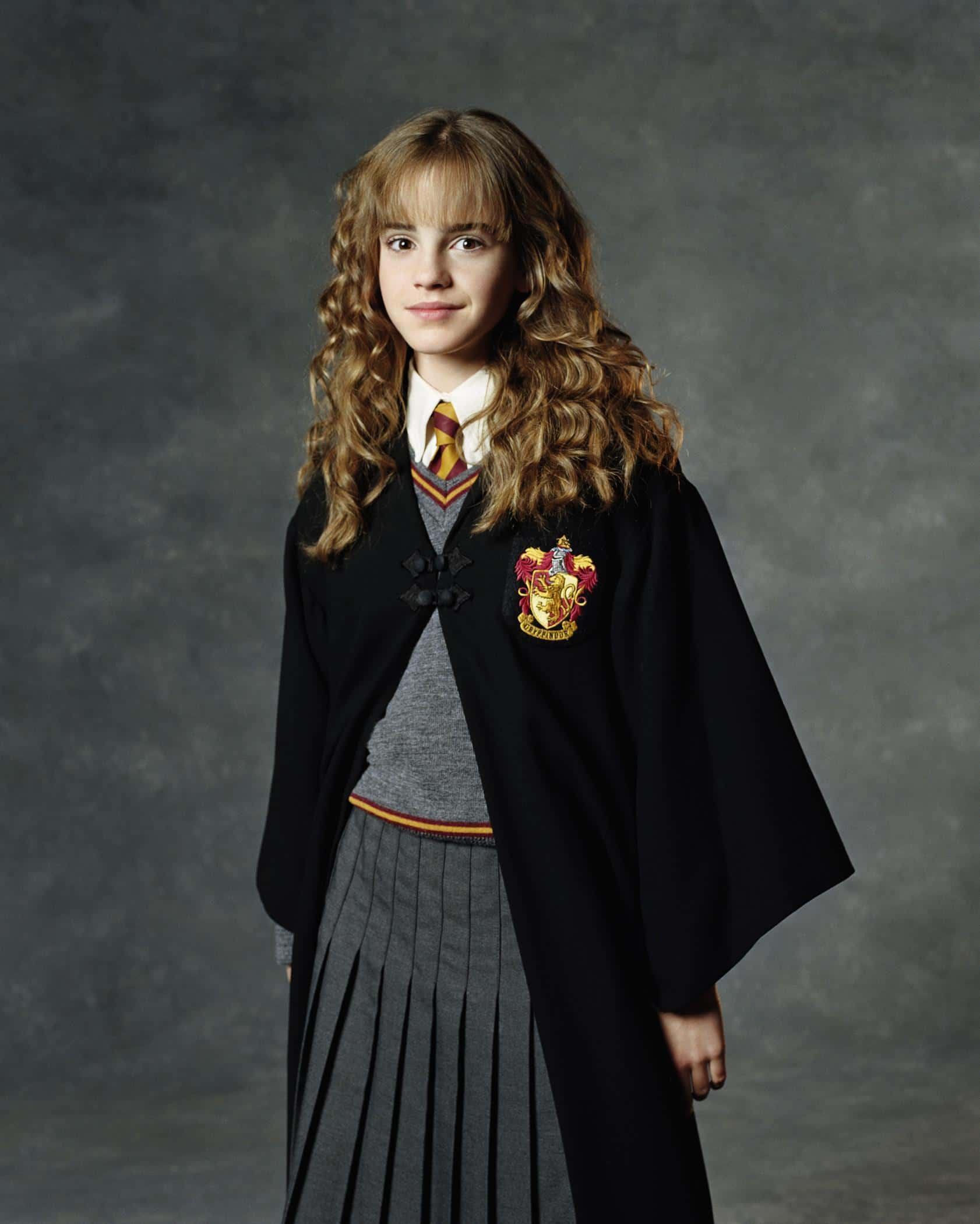
47. He’s Got the Look
Rowling has since said that Radcliffe, Watson, and Grint were all too attractive for their parts, but that Devon Murray was just right for Seamus Finnigan.

46. Toon’d Up
At one point, there was discussion of making Harry Potter as an animated film.
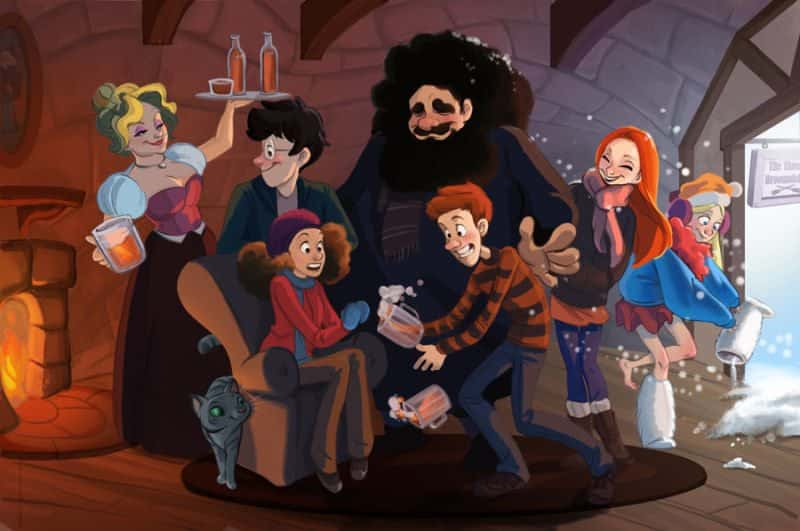
45. C-C-C-Combo Breaker
At first, producers wanted to combine the first two or three books into one film, but then they realized that they could make so much more money by doing each book individually.

44. Eternal Youth
The reason the producers wanted to animate or combine films was that they were concerned that any delays in filming would result in the child actors aging too much to continue their roles and require recasting. But because Rowling nixed the idea of doing either, the producers decided to film the entire series back-to-back so that the same actors could play the roles throughout.
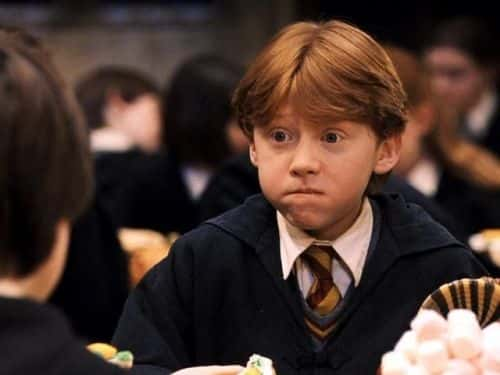
43. Made in the UK
Rowling made a specific request that everyone cast in the film be British.
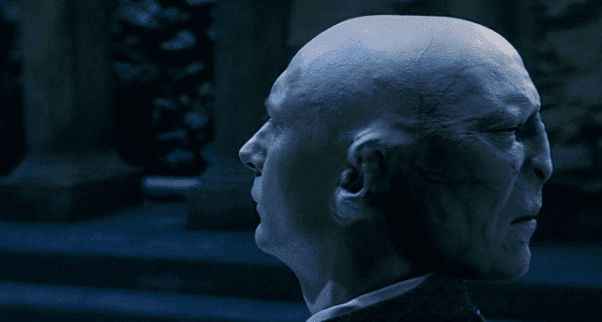
42. The Plot Thickens
Rowling cut out a line from “The Philosopher’s Stone” script because it conflicted with a plot point that hadn’t yet happened in “Order of the Phoenix.” It was never revealed what line was actually cut.
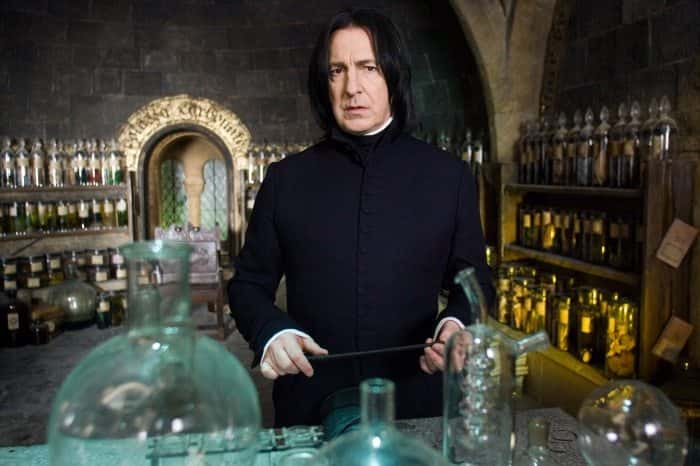
41. And on the Seventh Day, She Rested…
When production designer Stuart Craig asked Rowling about the geography of Hogwarts, she drew a detailed map on a piece of A4 paper, which still remained useful eight films later. It’s like Rowling created the whole world or something.
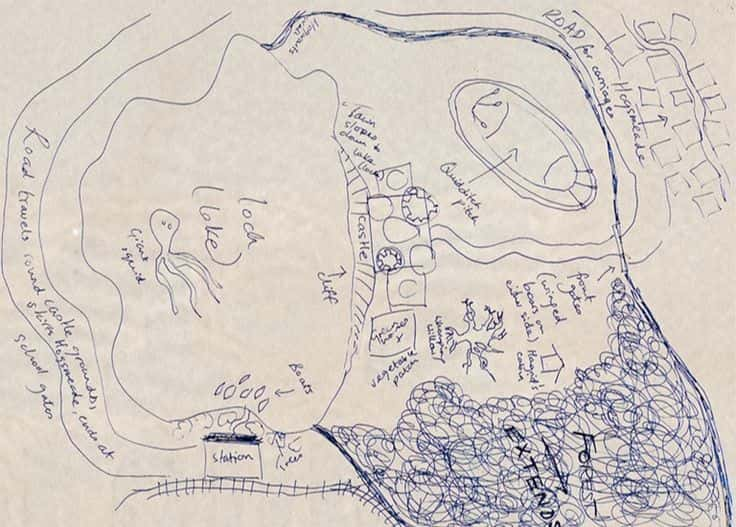
40. She Knows What She Wants
Rowling insisted that Robbie Coltrane play Hagrid and said that if he hadn’t signed on it would have been a deal breaker.
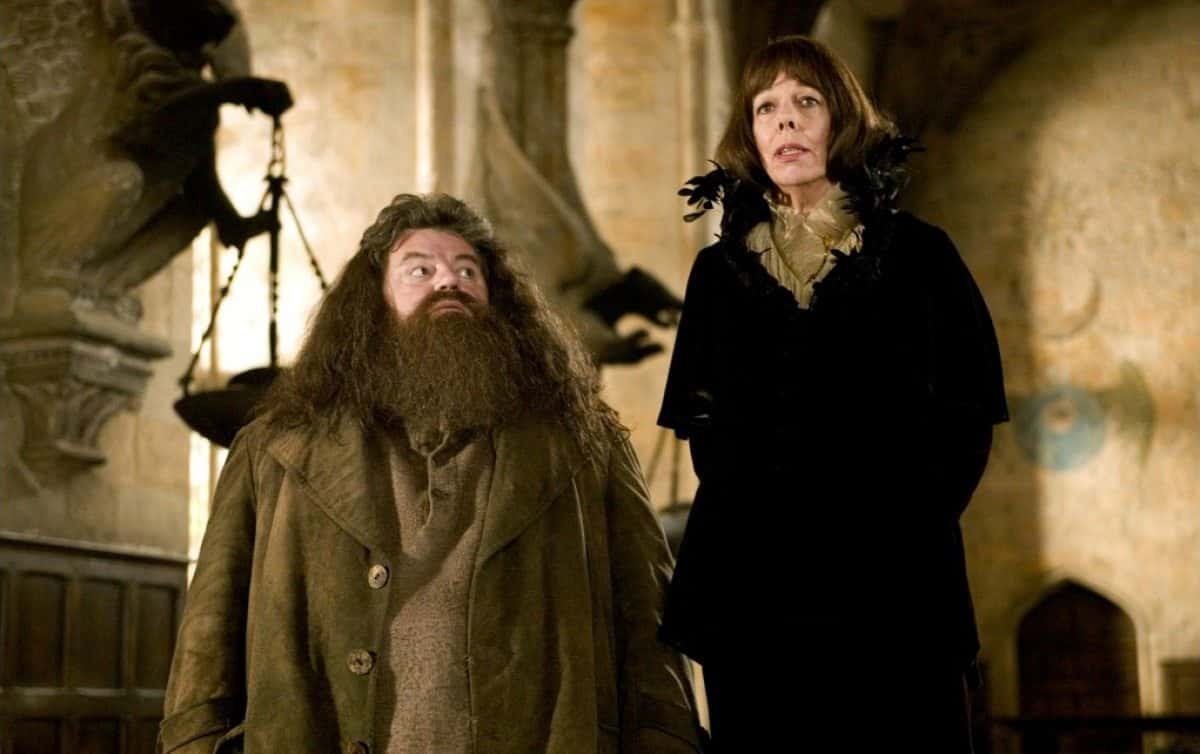
39. He’s No Coltrane
Despite being willing to work for free, Robin Williams was turned down for the role of Hagrid.
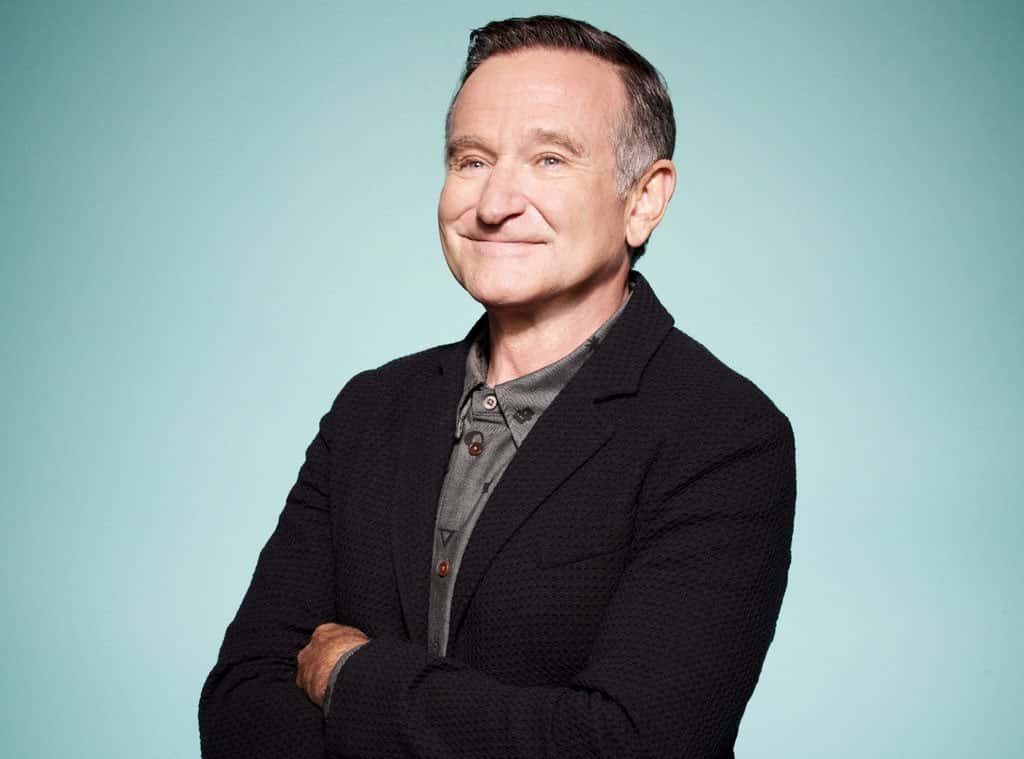
38. Not So Rosie
Rosie O’Donnell was also so desperate for a role in the film that she too was willing to do it for free. She wanted to play Molly Weasley. Unfortunately, she was also turned down. She will have to make do with the consolation prize of playing Steve Bannon.
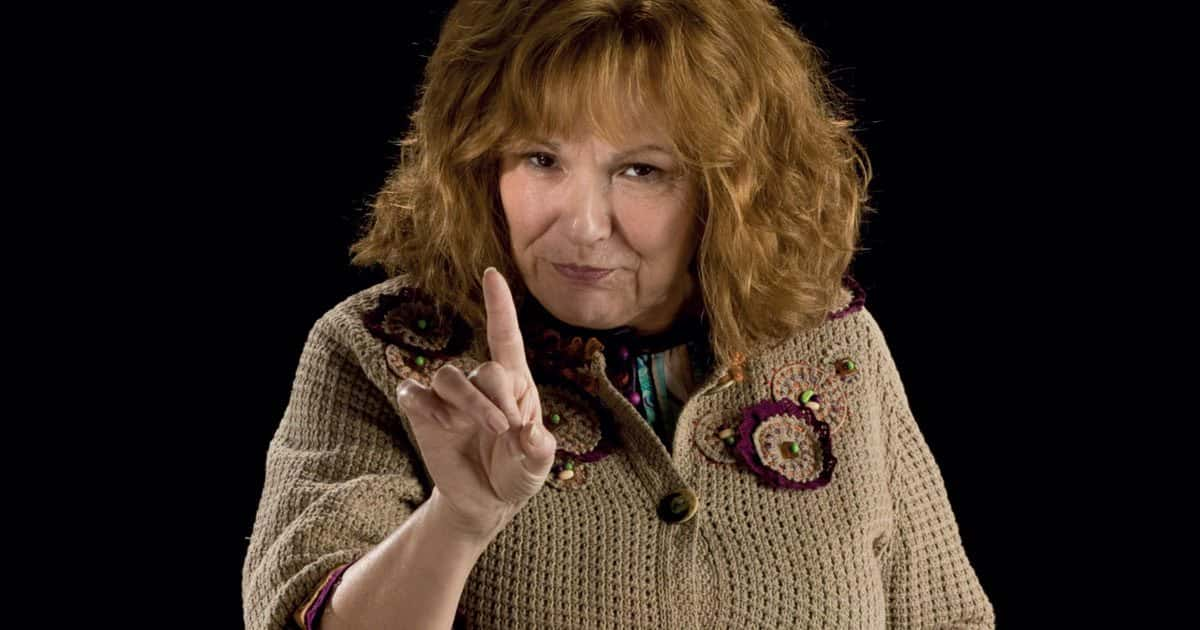
37. Keeper of Secrets
Alan Rickman was also handpicked by Rowling to play Snape. In fact, Rowling gave Rickman secret details about Snape’s backstory (prior to its publication) so he could play the role properly.
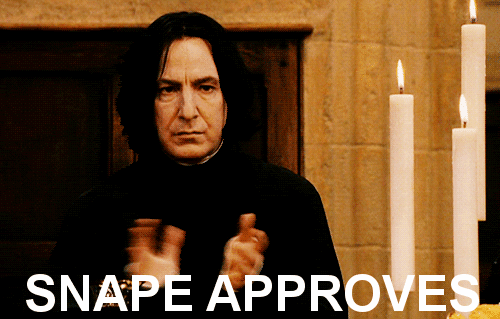
36. Aww, Pumpkin
Tim Roth was rejected for the role of Snape.
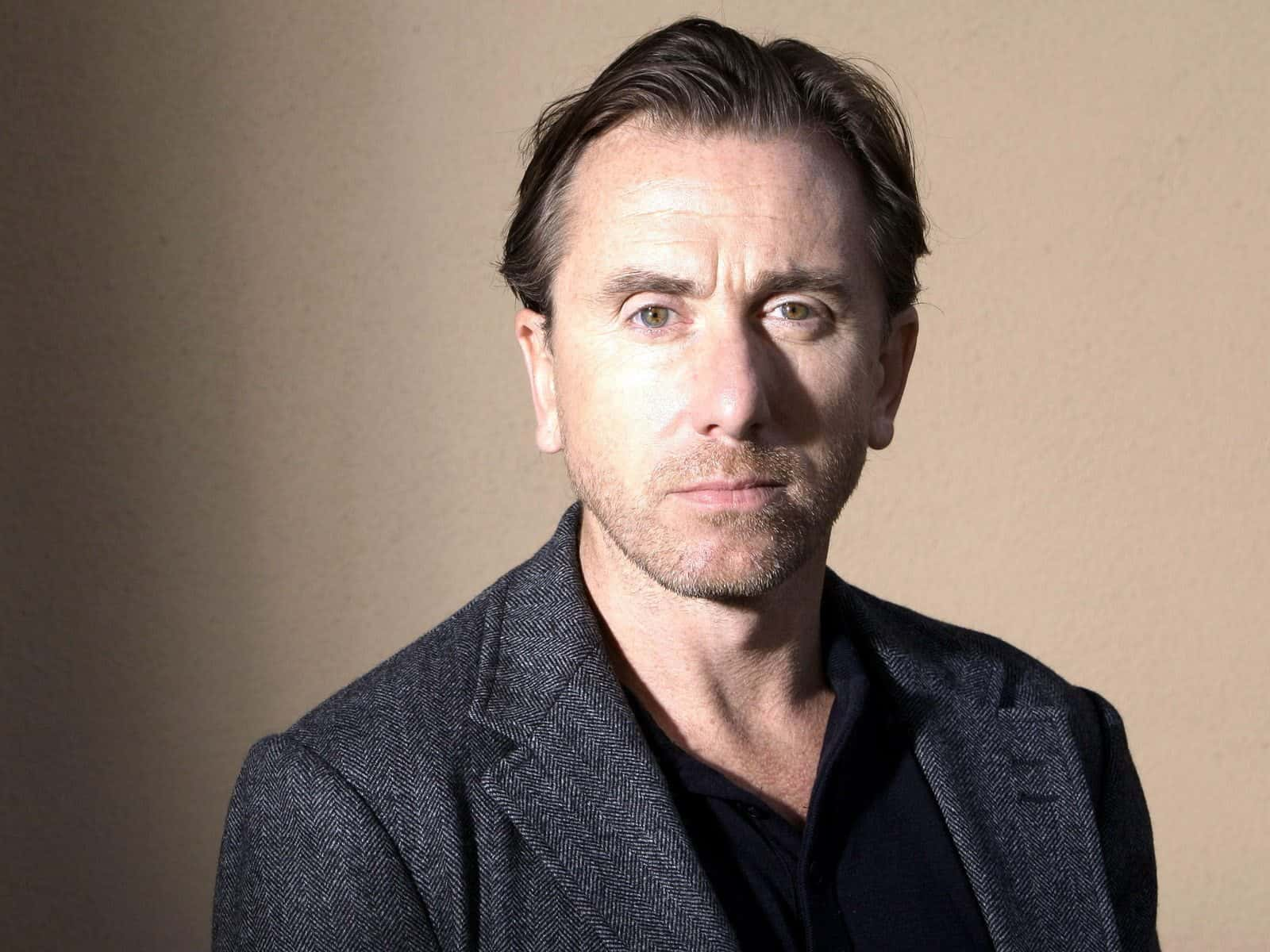
35. Castle Schooled
Every child working on the film still continued with their education, receiving three to five hours of schooling every day. They didn’t receive any homework though.
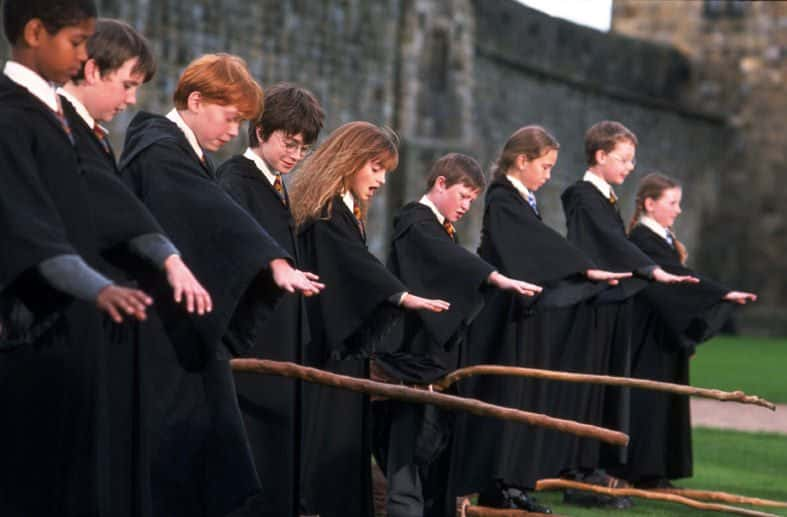
34. Smoke If You Got ‘Em
Because of their young age and those pesky child labor laws, Radcliffe, Watson, and Grint were only allowed to work for nine hours a day. Of those nine hours, one was lunch, and they got a fifteen minute break for every hour, so they only actually filmed for four and a half hours a day.
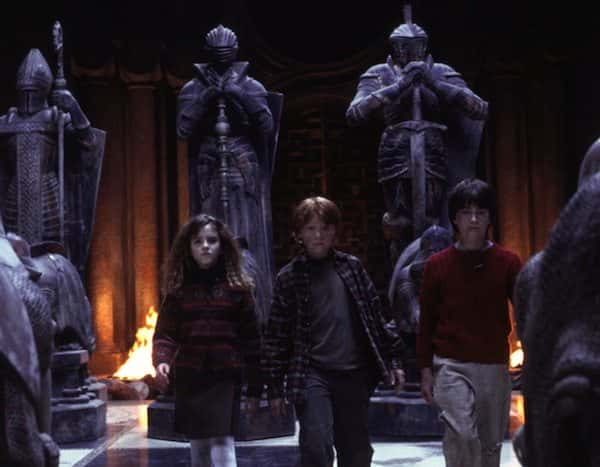
33. Because It’s Cold
The three main actors were forbidden from skiing for the duration of the films.

32. Gets Rid of Unsightly Scale
The film reveals that the twelfth use of dragon’s blood is as an oven cleaner.
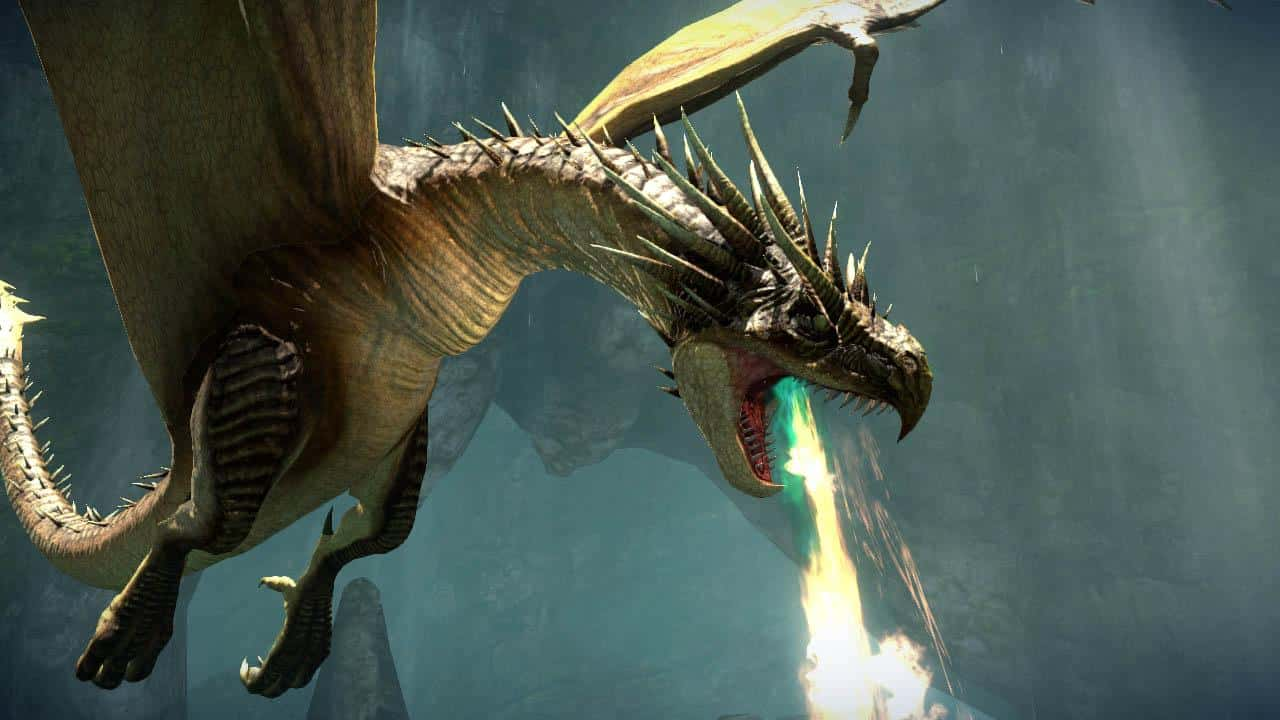
31. Final Destination
The part of Dumbledore was initially offered to Patrick McGoohan, but he turned it down citing health issues.
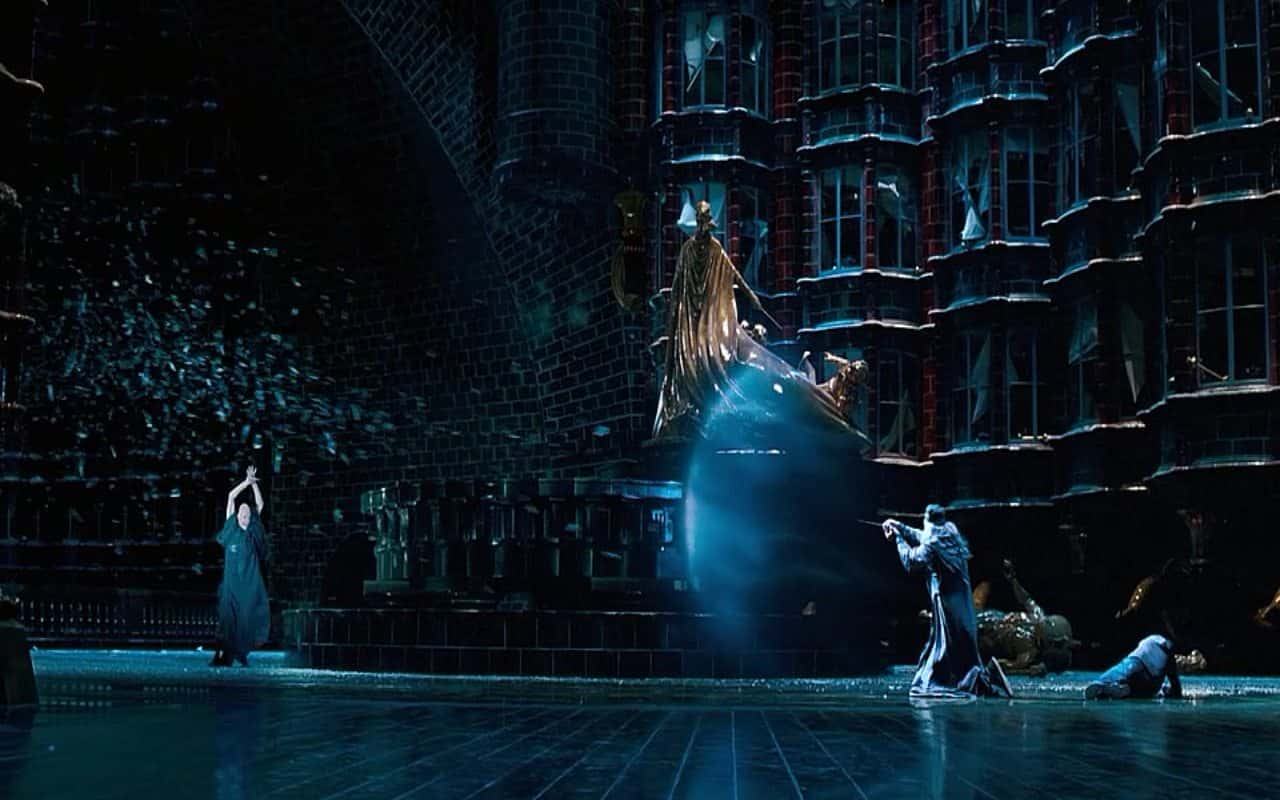
30. Mirror, Mirror
Rowling was offered the part of Lily Potter, to be seen in the Mirror of Erised, but she turned it down because she really didn’t see herself playing Lily in the mirror.
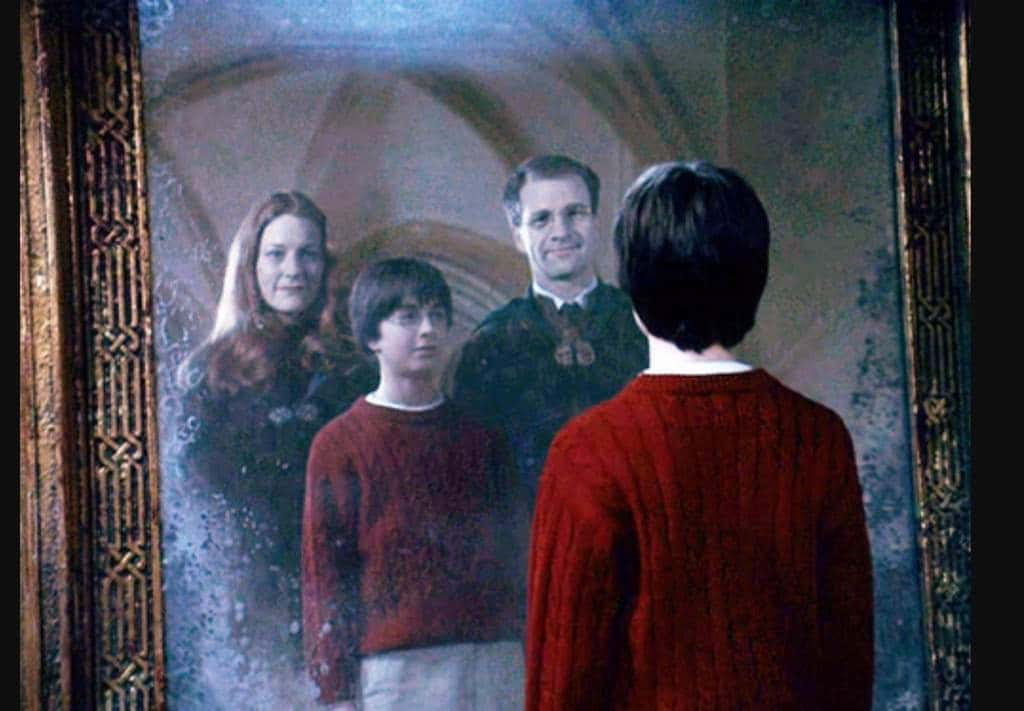
29. I See Dead Wizards
M. Night Shyamalan was one of the directors considered for taking the helm of the movie. Luckily, the job went to Chris Columbus and the world was spared a version of the movie where Harry Potter was an invincible mermaid who was actually dead all along.
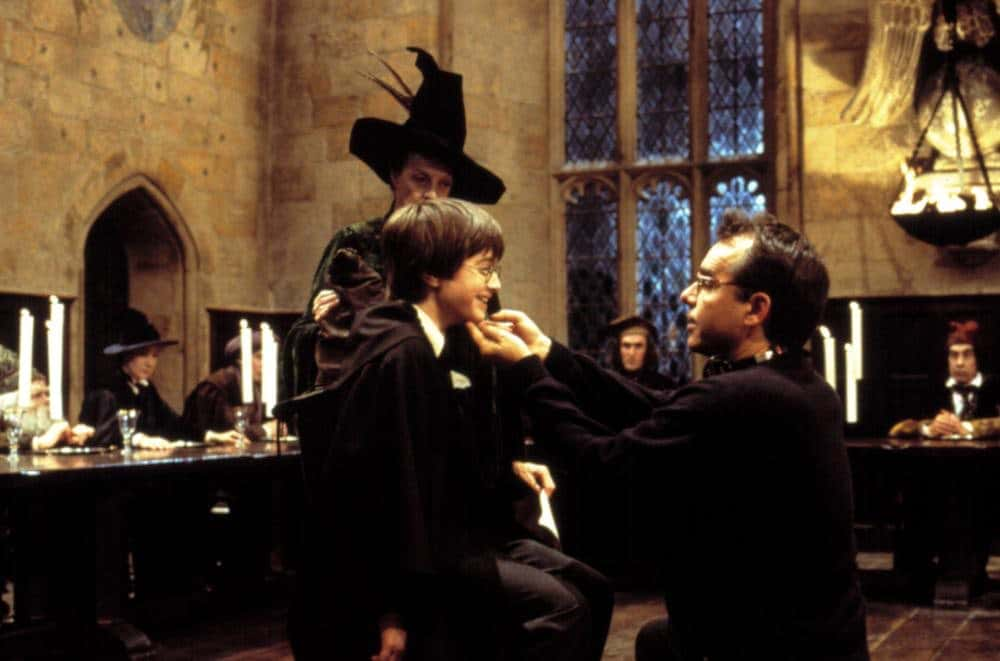
28. He Must Have Been Peeved
Scenes with Peeves the Poltergeist were filmed with Rik Mayall playing the pesky ghost. Unfortunately, none of the scenes were used, even as deleted scenes on the DVD releases. Mayall didn’t find out that he had been cut from the film until he saw it in theaters. Ultimately, Peeves did not appear in any of the films.

27. Slytherin Away
When she was twelve, Emma had a crush on Tom Felton.
Emma Watson has had her career made by the Harry Potter franchise, but most folks don't realize that she almost quit the series after The Half Blood Prince when the filming was interfering with her academic studies. Is this not the most Hermione thing ever?
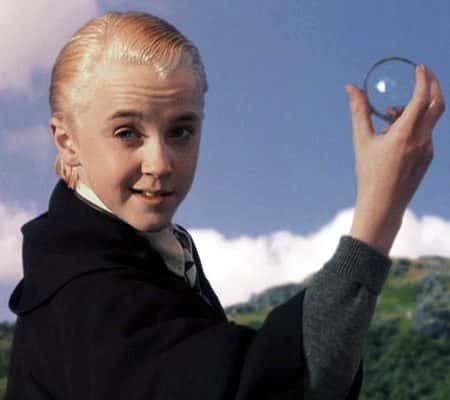
26. And the cat came back…
The tabby cat used in the movie ran away during filming but came back two days later. It refused to tell anyone where it had been, but it didn’t stop smiling for days.
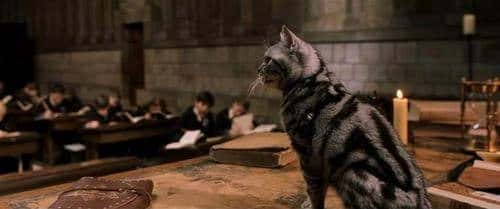
25. A-Door-Able
The doors to Gringott’s are actual functioning doors.
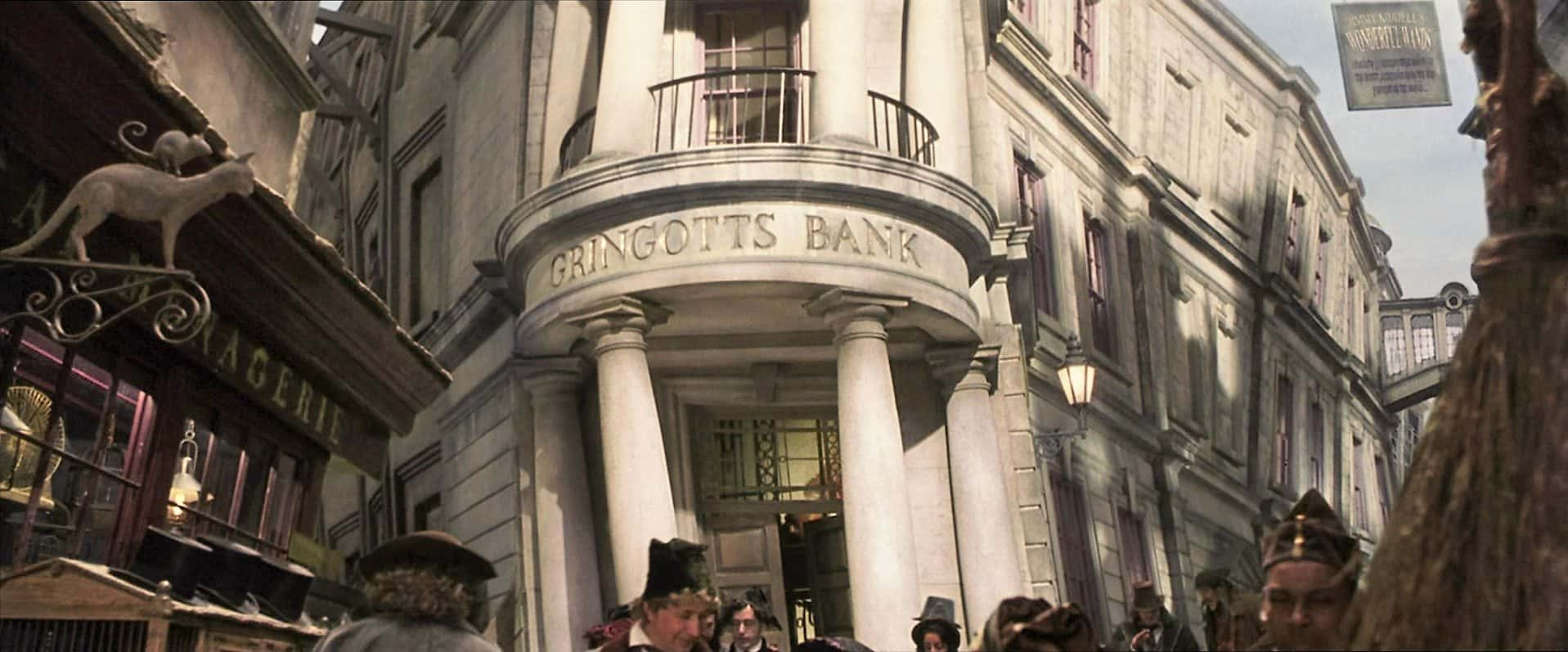
24. Stairway to Nowhere
Only one of the moving staircases at Hogwarts was functional. The rest of them were digitally created.
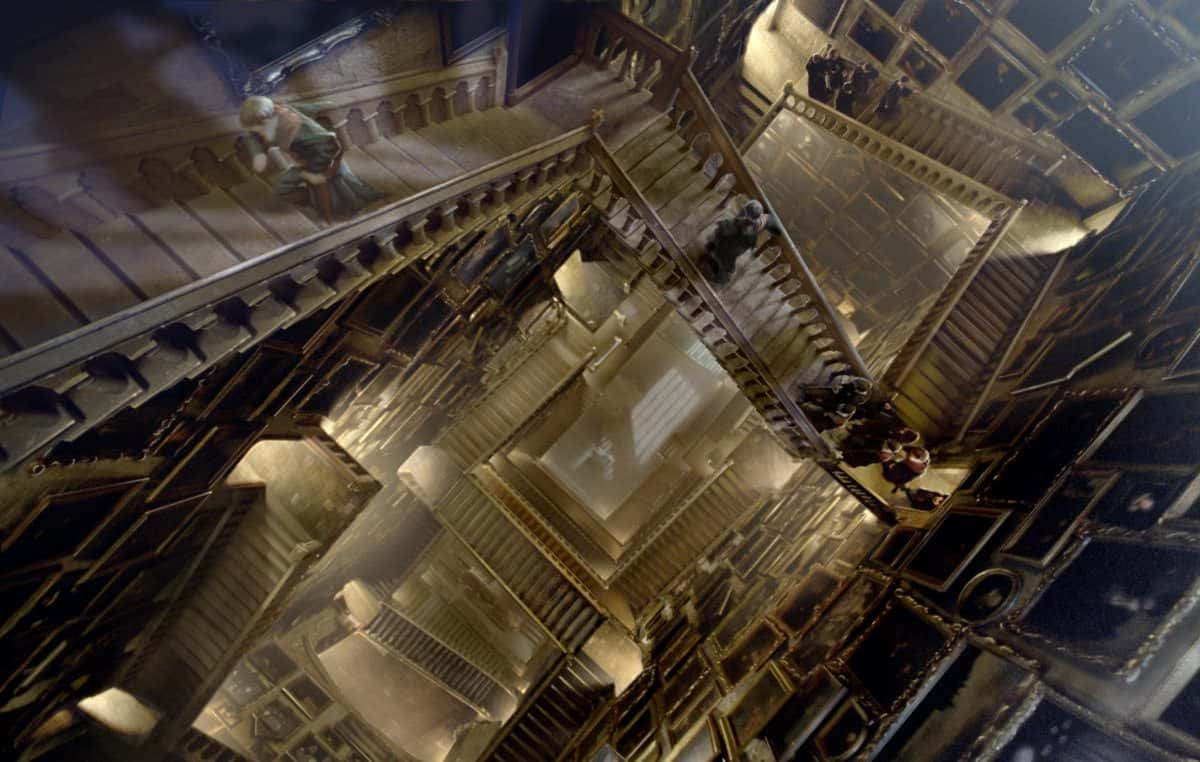
23. Hoot Suite
Most of the owls were also digital creations.
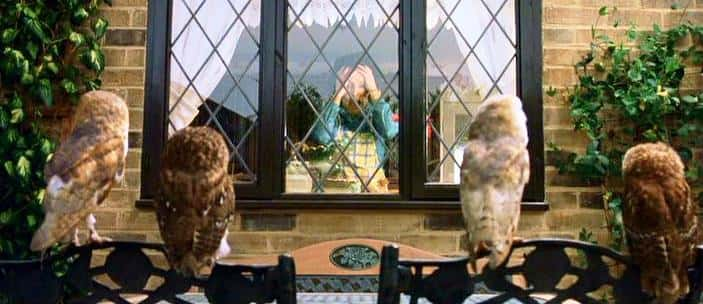
22. Theory of Relativity
Two versions of Hagrid’s hut were built. One was built very large with big props so that the other actors would look diminutive inside it. The other was built normal-sized to make Hagrid look massive.
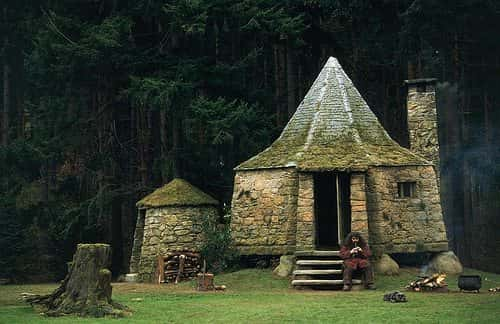
21. Flame On!
The Restricted Section scene was filmed in Duke Humfrey’s building at the Bodleian Library in Oxford. They have strict rules on bringing flame into the library. The makers of Harry Potter were the first to be allowed to break that rule in centuries.
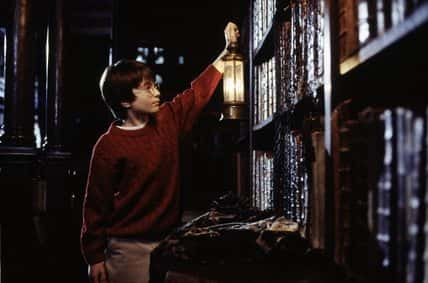
20. Crossed Up
Platform 9 ¾, the entrance to the part of King’s Cross Station where students could catch the Hogwart’s Express, was filmed on Platforms 4 and 5. Rowling admitted that she accidentally mixed up the layout of King’s Cross. She had meant for Platform 9 ¾ to be in the inter-city part of the station, but Platforms 9 and 10 are actually on the less grand suburban platforms.
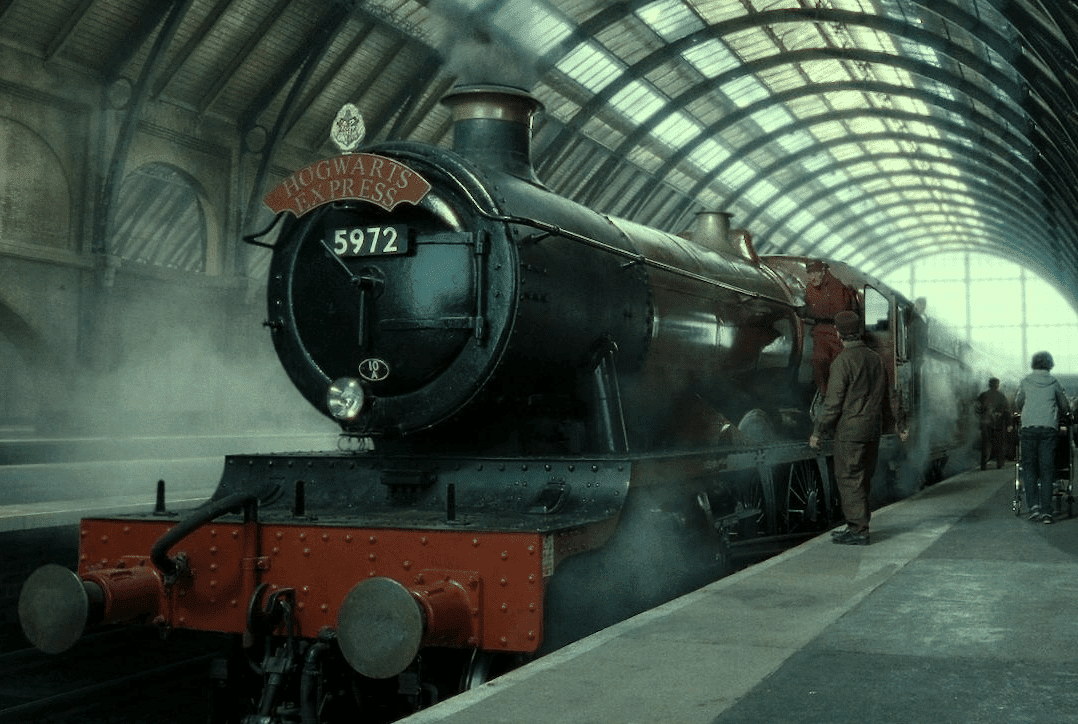
19. Tough Pillar to Swallow
King’s Cross actually installed a Platform 9 ¾ for fans of the film and for parents to convince their children to run into at full speed to teach their children that magic isn’t real.
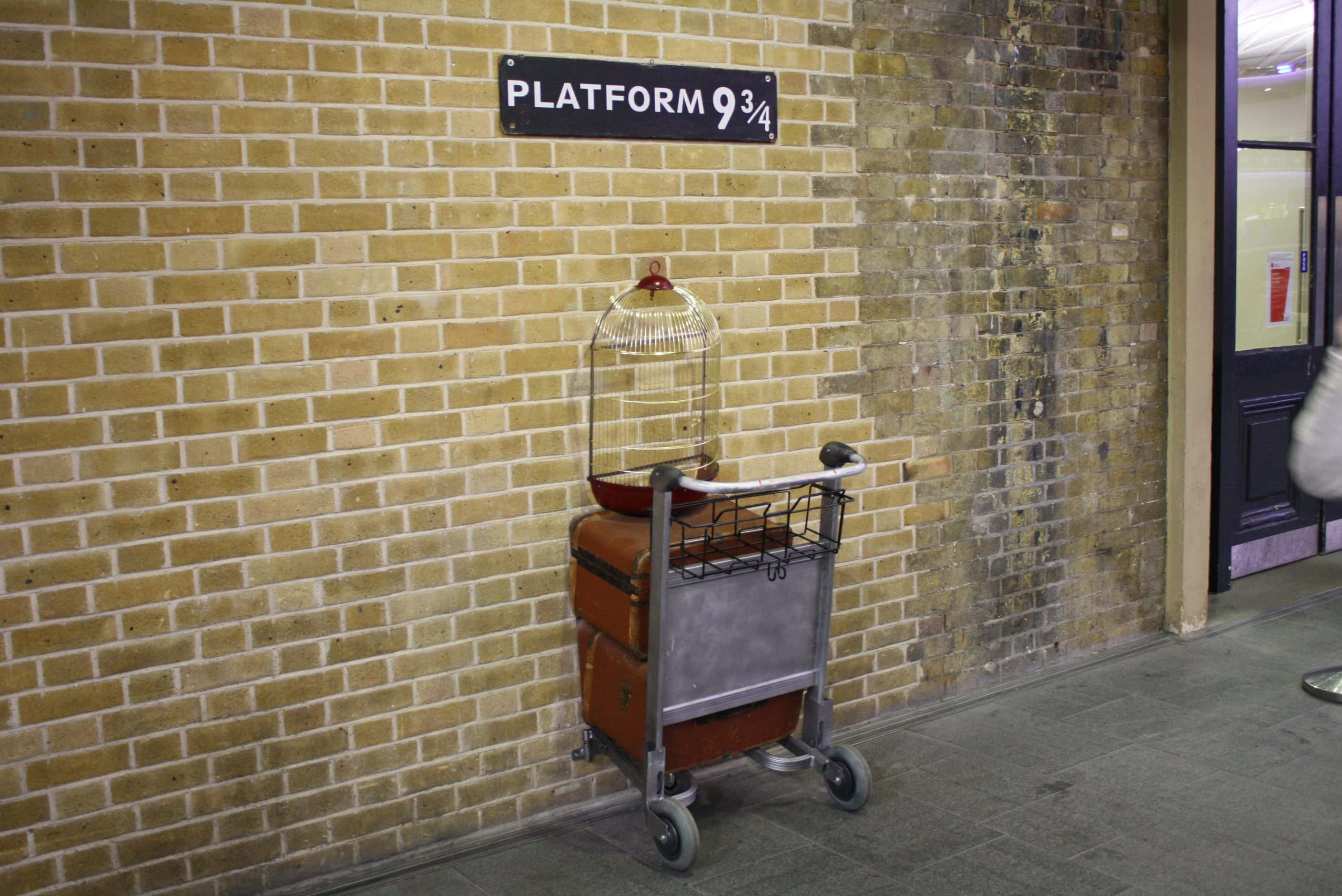
18. Tough Crowd
The filmmakers originally wanted to use Canterbury Cathedral as a filming location, but the Dean refused, saying it was unfitting for a Christian church to be used to promote pagan imagery. Gloucester Cathedral agreed to take its place as their Dean was a fan of the books. Nonetheless, there was a huge media outcry and protesters wrote hundreds of angry letters to the local newspapers, complaining that it was blasphemy and threatening to block the film-crew’s access. In the end, only one protester turned up.
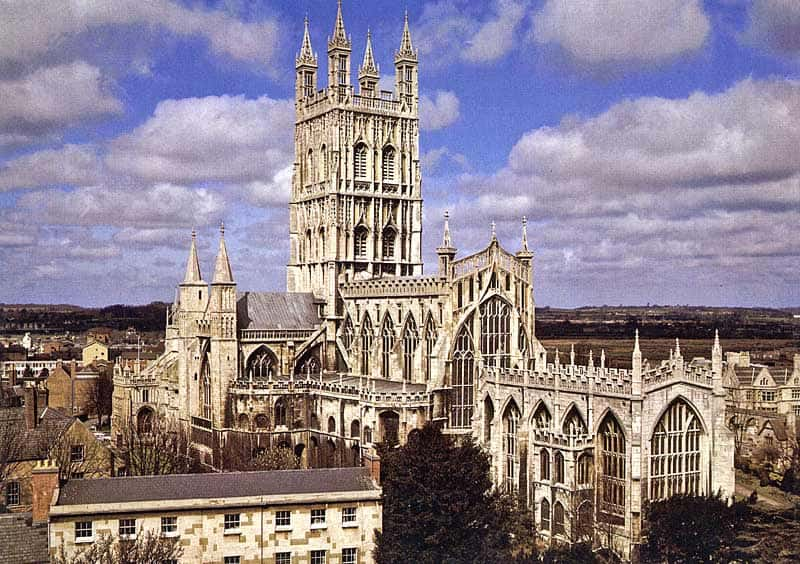
17. Greased Lightning
In the film, the scar on Radcliffe’s forehead was slightly off center. This was done at Rowling’s request because that’s where she wanted it to be despite the artwork for the books depicting the scar in the center.
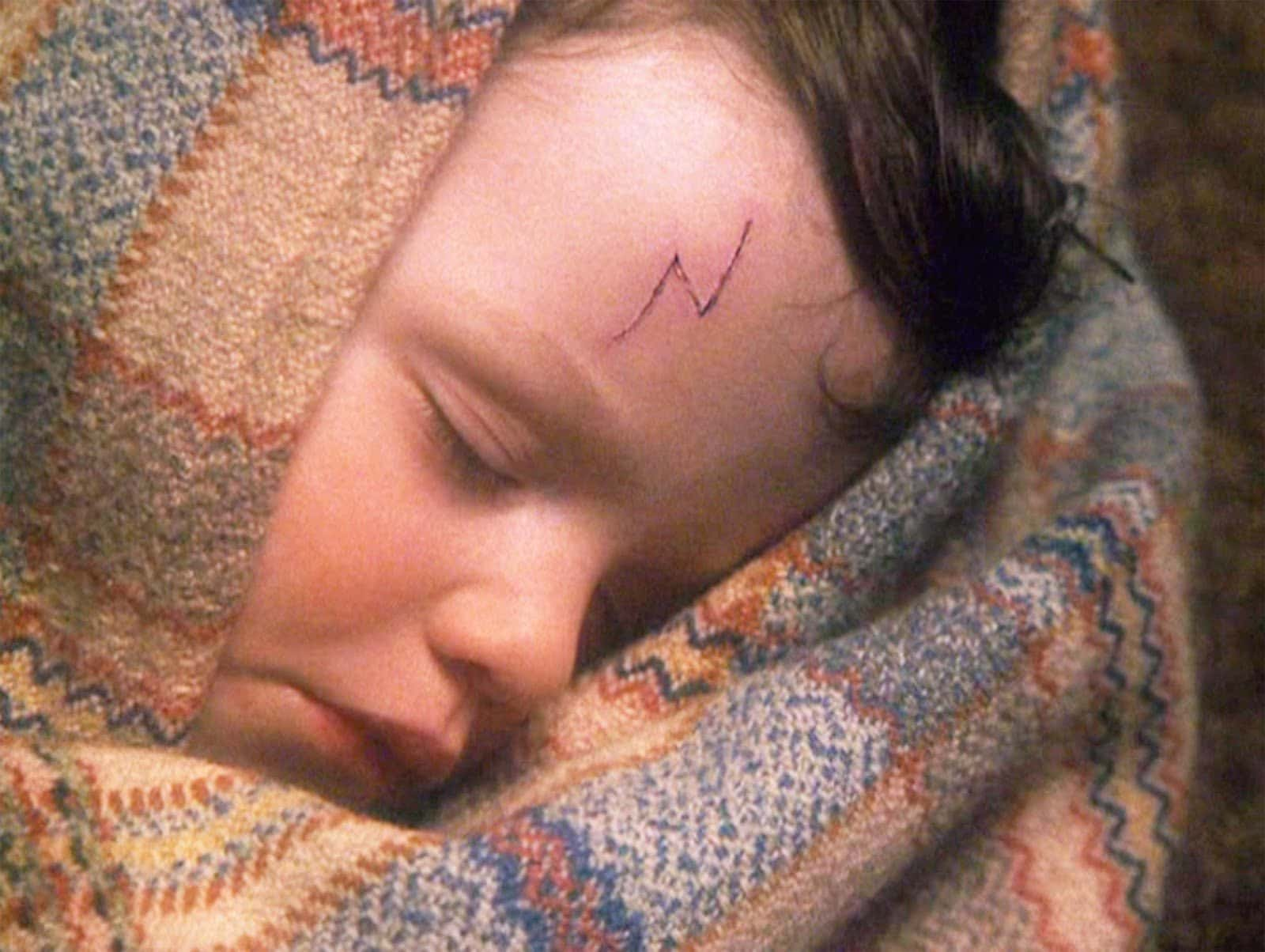
16. High Times
The word “muggle” actually existed in the early to mid-1900s as a “jazz-word” that was used for pot smokers.
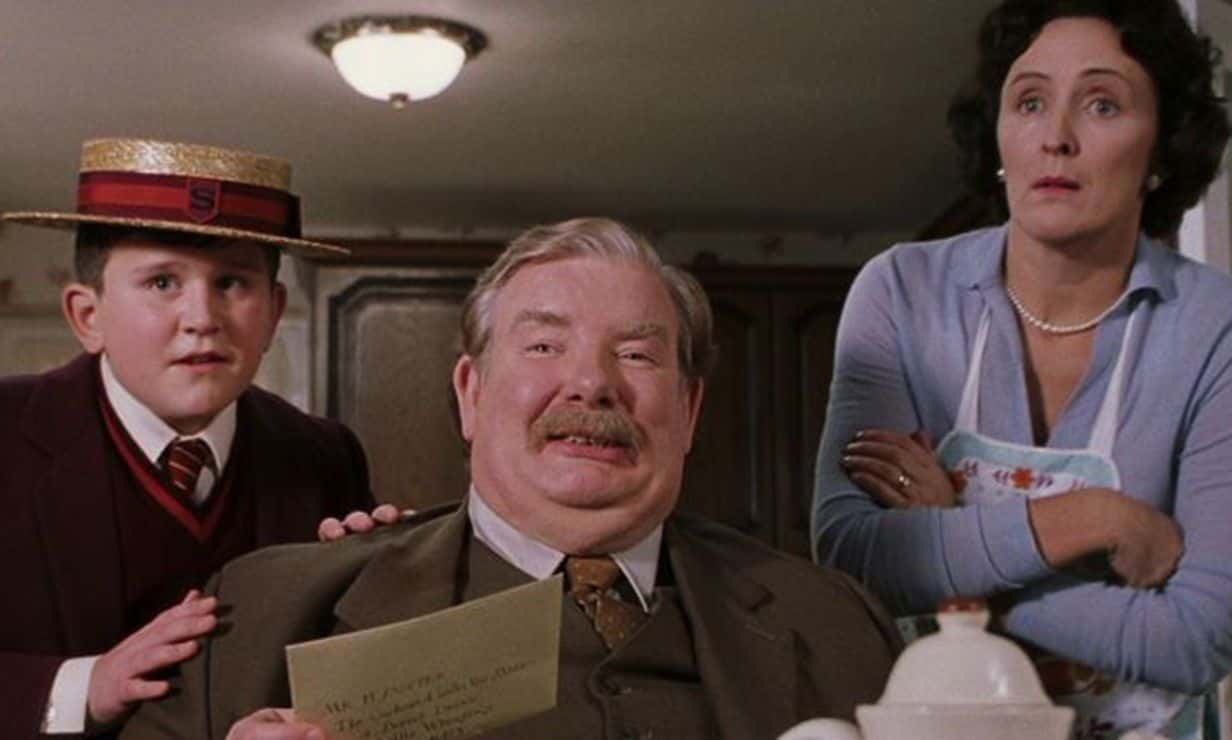
15. Start at the End
They shot the final scene of the film on the very first day.
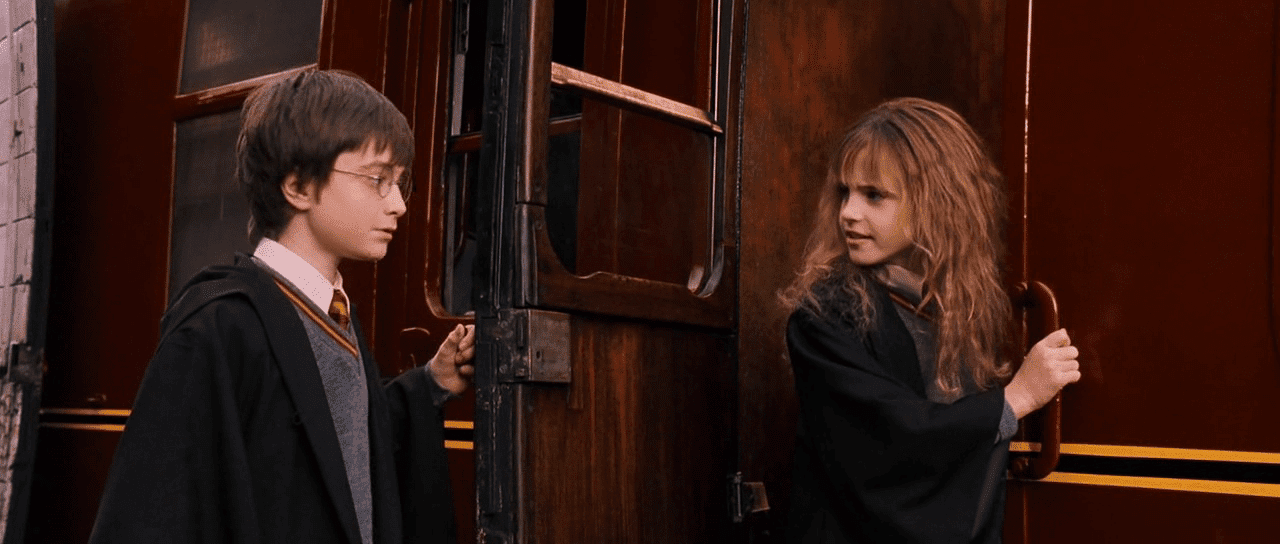
14. The Eyes Have It
Radcliffe was supposed to wear green contact lenses so that his eye color would match that of the character in the book. However, he was severely allergic, so he didn’t have to wear them because producers decided Radcliffe should be allowed to keep his eyes.
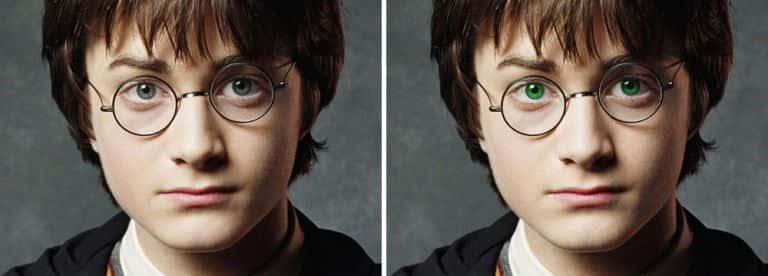
13. The Boy Who Lived… Sorta
Radcliffe was also allergic to his glasses, which gave him whiteheads all around his eyes. Given all his allergies, if Voldemort wanted to take down Potter, he should have tried chunky peanut butter.
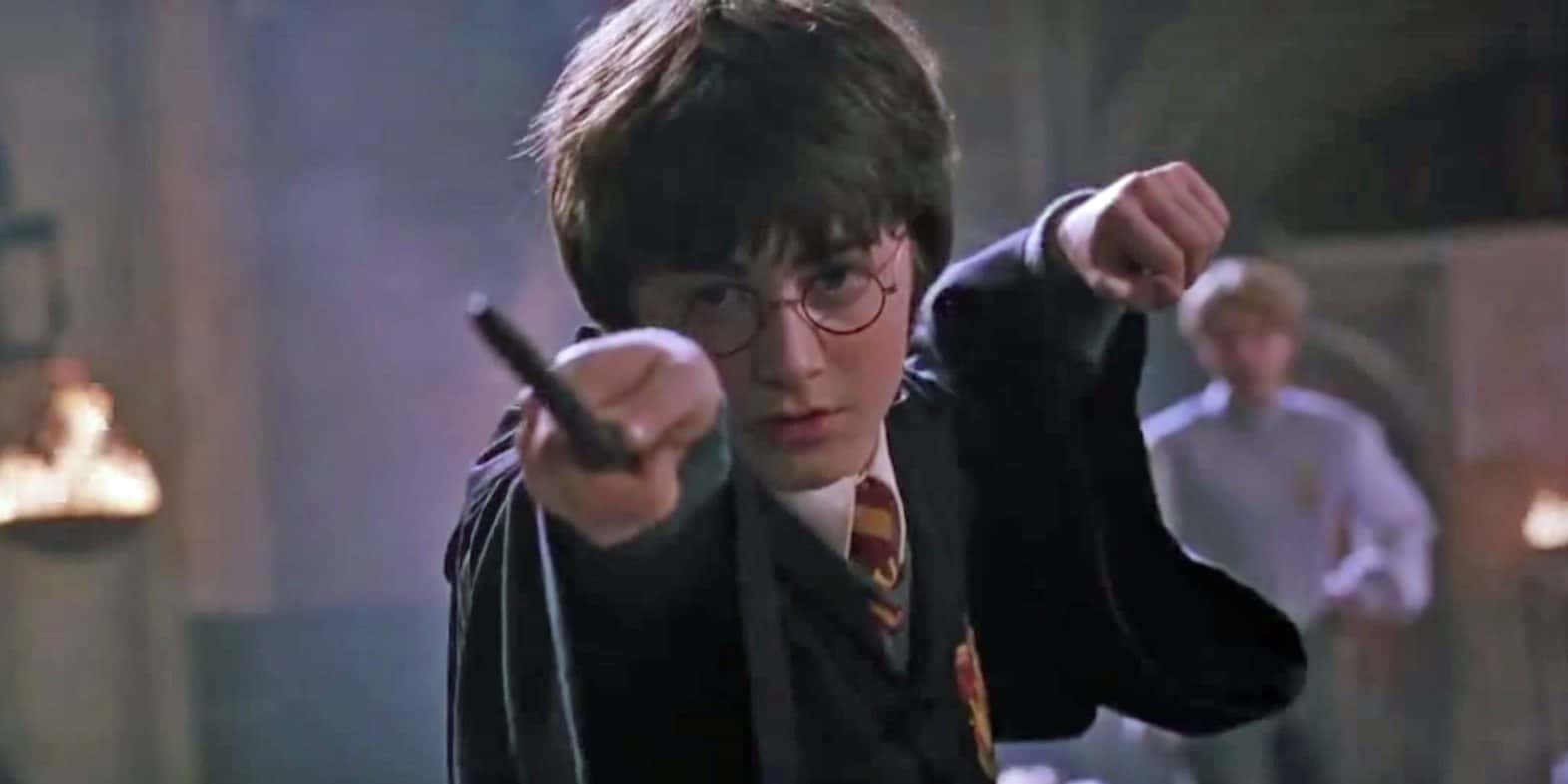
12. The Buck Shtops Here
Watson was supposed to wear buck teeth to match her character, but producers decided against it because she couldn’t talk properly while wearing them.
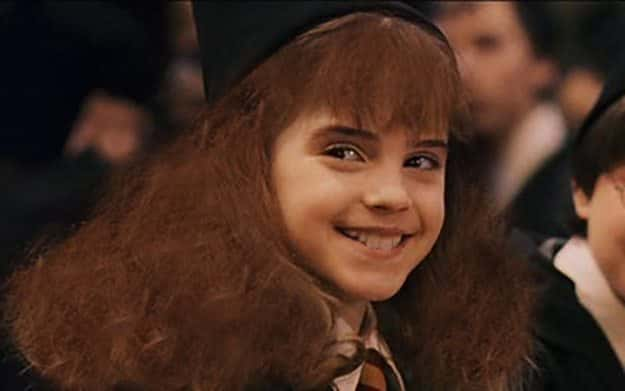
11. How Delightful
As a prank, Radclife and Grint stole Robbie Coltrane’s cellular phone and changed the language to Turkish. Coltrane had to call the hair designer’s Turkish father to find out how to say “change language” in Turkish.

10. Candid Camera
The trio was caught on camera accidentally breaking a book prop and then pretending like it didn’t happen.

9. Maybe She’s Just a Bad Ventriloquist
True to her character, Watson over-prepared for her role memorizing not only her own lines but also everyone else’s. If one watches carefully, they can see her mouthing Grint and Radcliffe’s lines.

8. Phoning It In
Most of the books inside Dumbledore’s office were phone books that were rebound and then covered in a layer of dust, which begs the question: Where did they find so many phone books in 2001?
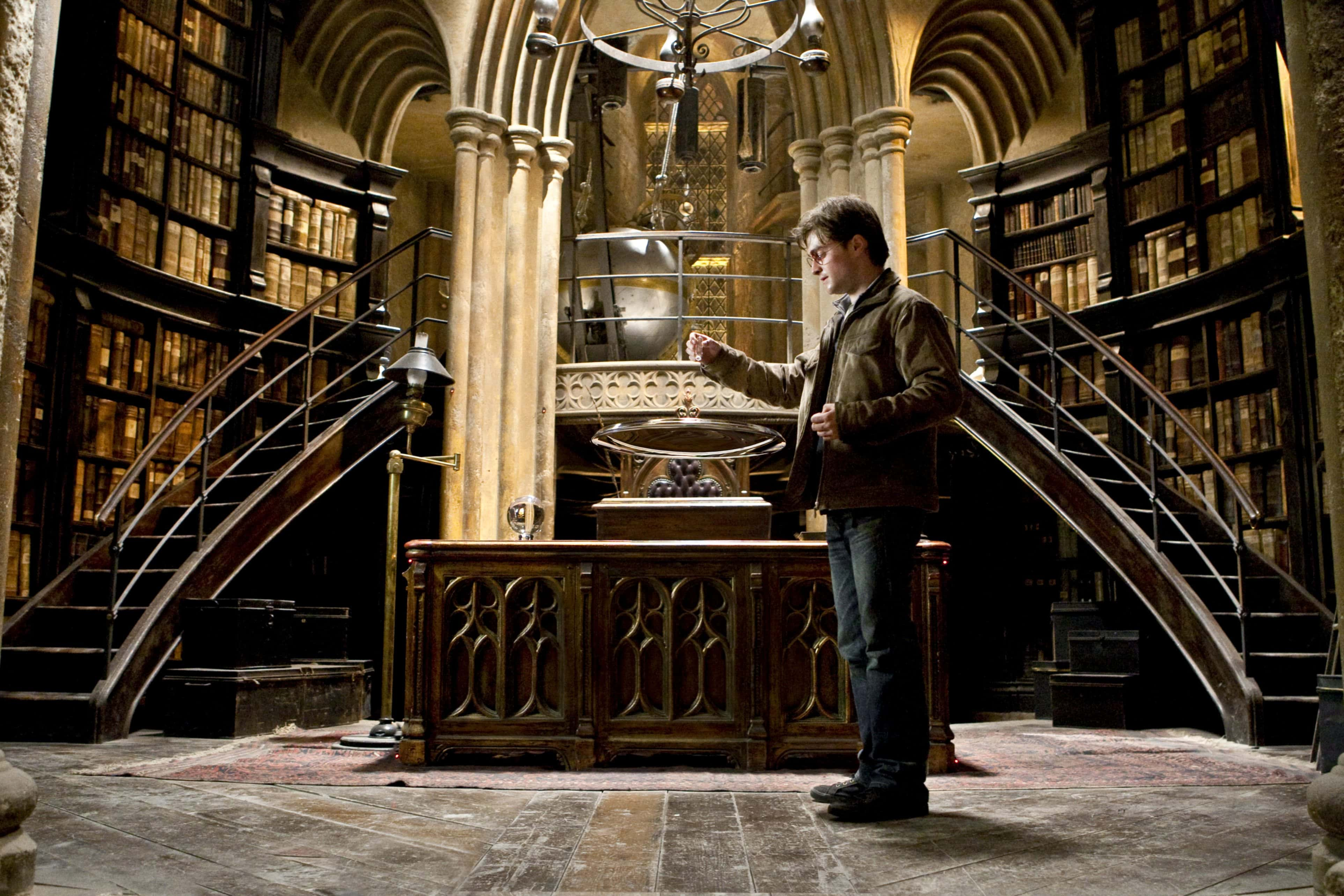
7. Air Mail
The letters that were delivered to Potter at the beginning of the film had to be redesigned because the first batch were too heavy for the owls.
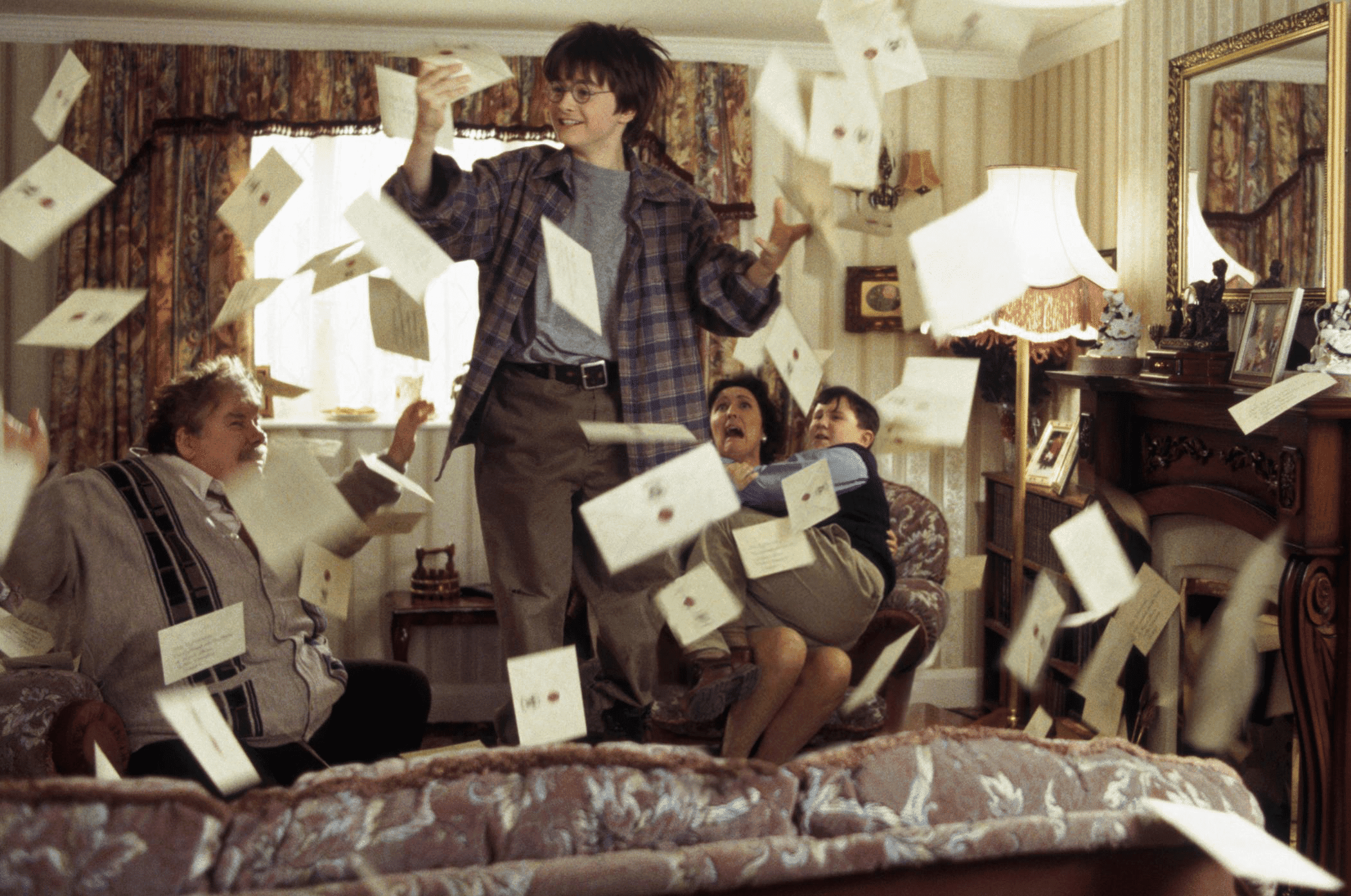
6. Merlin > Socrates
The name of the book was changed to “Harry Potter and the Sorcerer’s Stone” for American audiences because the marketing people in the US assumed that American children would find sorcerers more exciting than philosophers. Please. What nine-year old wouldn’t be enthralled by Aristotles’ “Nicomachean Ethics”?
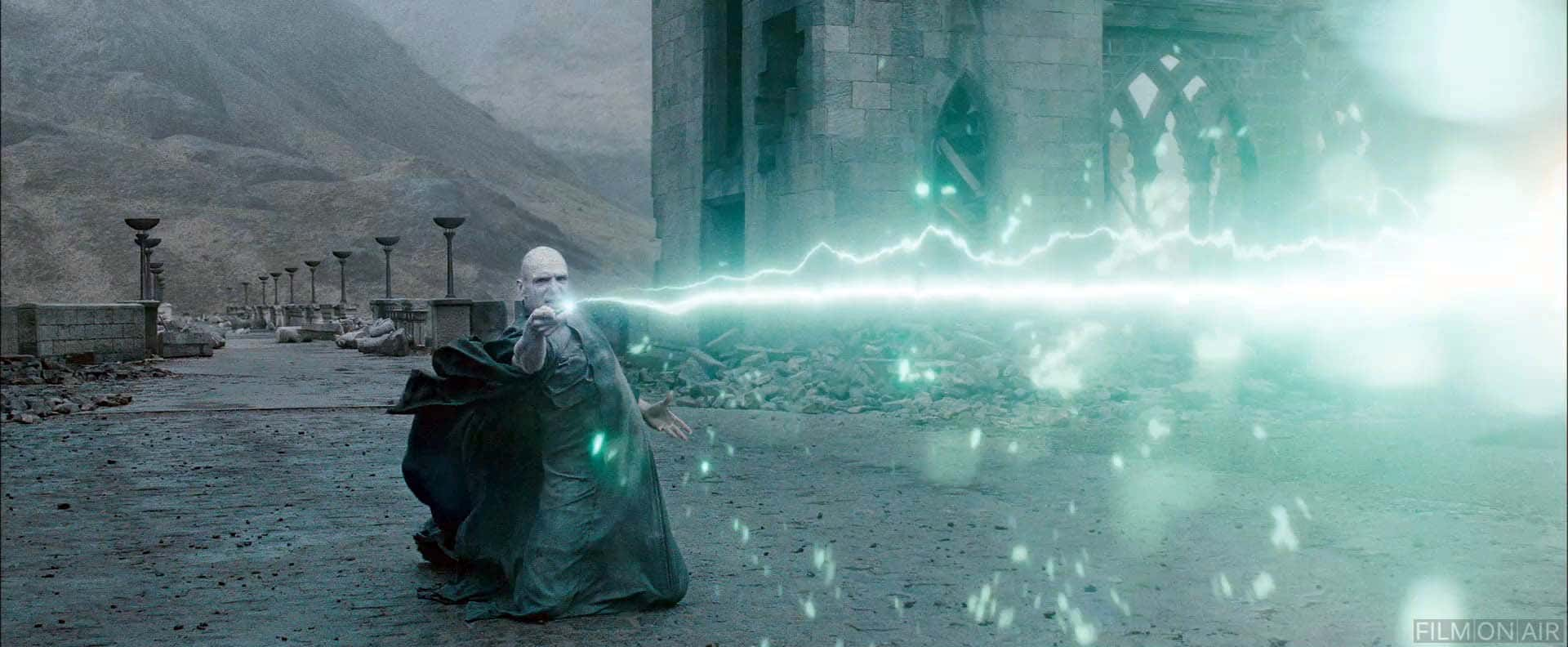
5. Double Take
As a result, they had to film every scene mentioning the Stone twice to ensure that the American version of the movie has the actors saying “Sorcerer”.
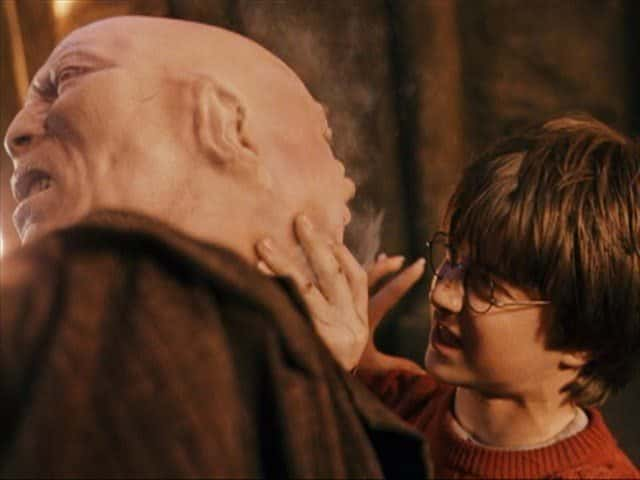
4. Oh How Times Have Changed
Rowling regretted giving Scholastic permission to change the title of her book, but at the time, she felt she didn’t have the clout to stand up to the publishers. Of course, now that she’s the most powerful author in the world, she could probably get away with calling the next book “Harry Potter and the Endless Diarrhea”.
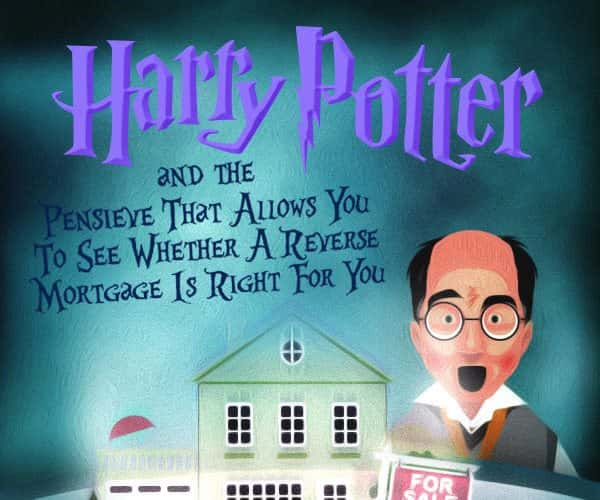
3. Can You Smell What the Rock is Cooking?
The Philosopher’s Stone was actually the name of a real-life legend. As in the book, it was an alchemical substance that could extend one’s life and useful for achieving immortality. On top of that, it was capable of turning base metals such as mercury into gold or silver and, word has it, made a mean brunch.

2. Jolly Old Nick
Nicholas Flamel, mentioned in both the book and the film as the creator of the Philosopher’s Stone, was a real person (maybe). He was (possibly) a real alchemist from the 14th century and has served as a plot device in novels featuring characters from Batman to Indiana Jones.
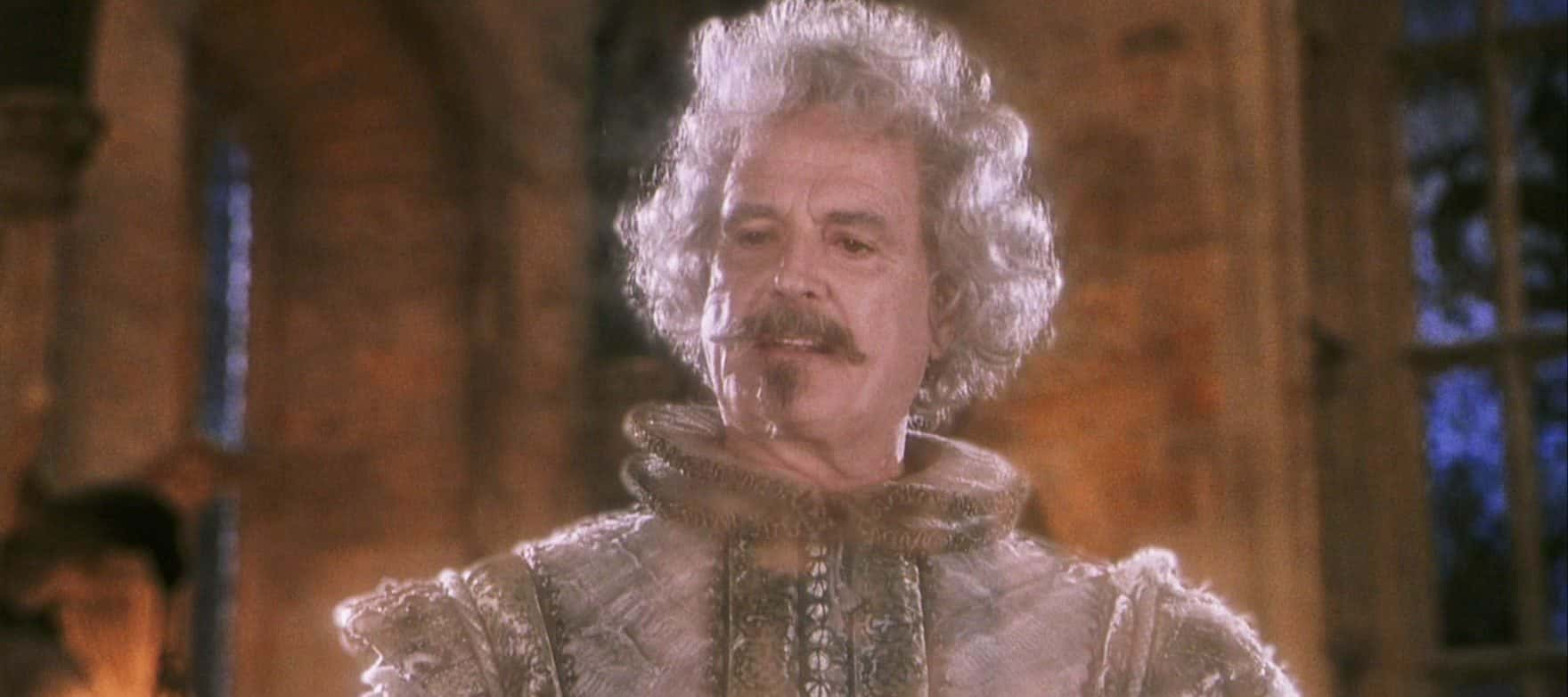
Nearly Headless Nick isn’t the same guy, but he’s pretty cool... so we included a pic of him anyway.
1. This is Why You Don’t Negotiate with Terrorists
Richard Harris had no desire to play the role of Dumbledore, and he only agreed to take the part when his eleven-year-old granddaughter threatened to never to speak to him again.
